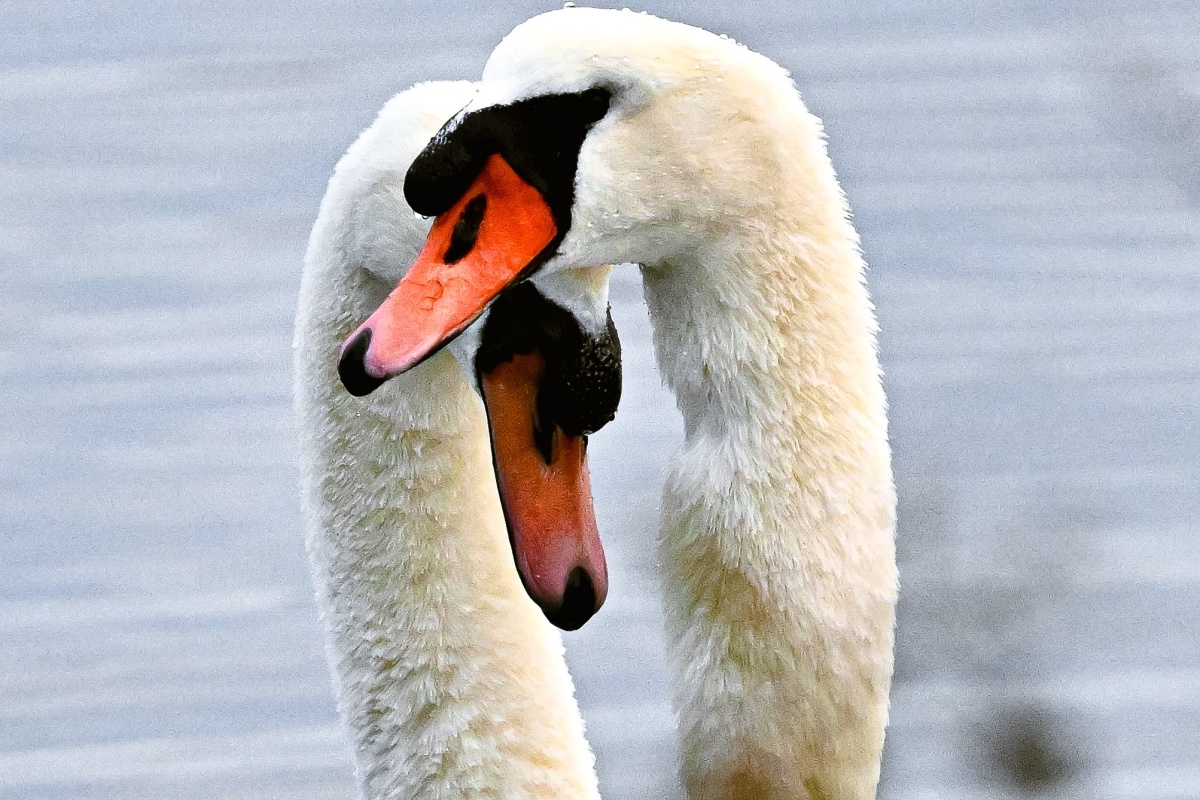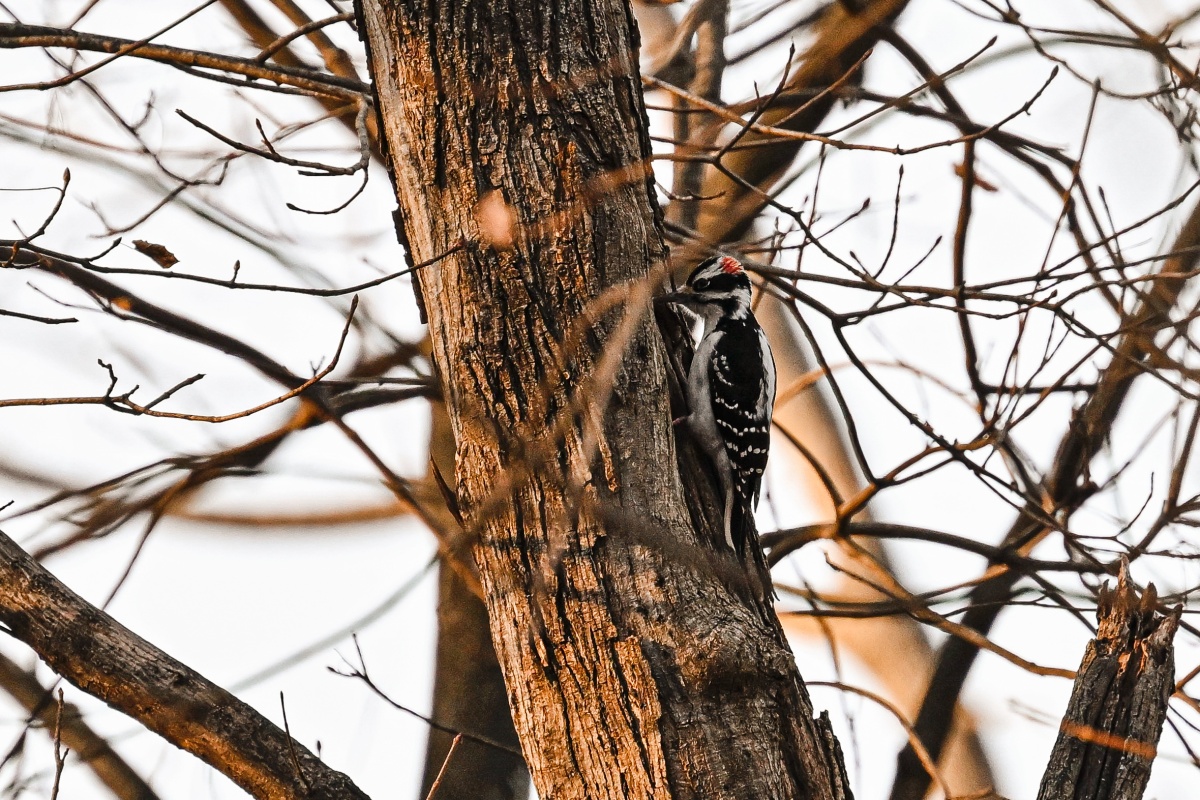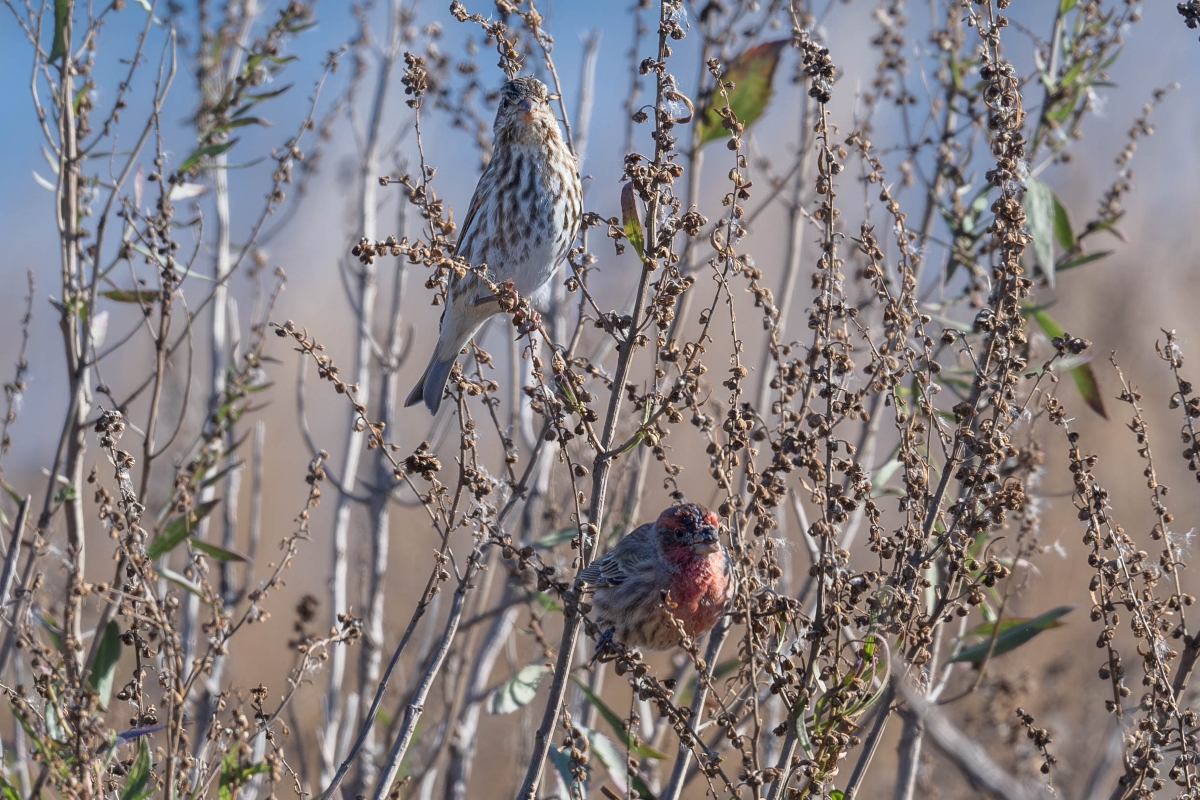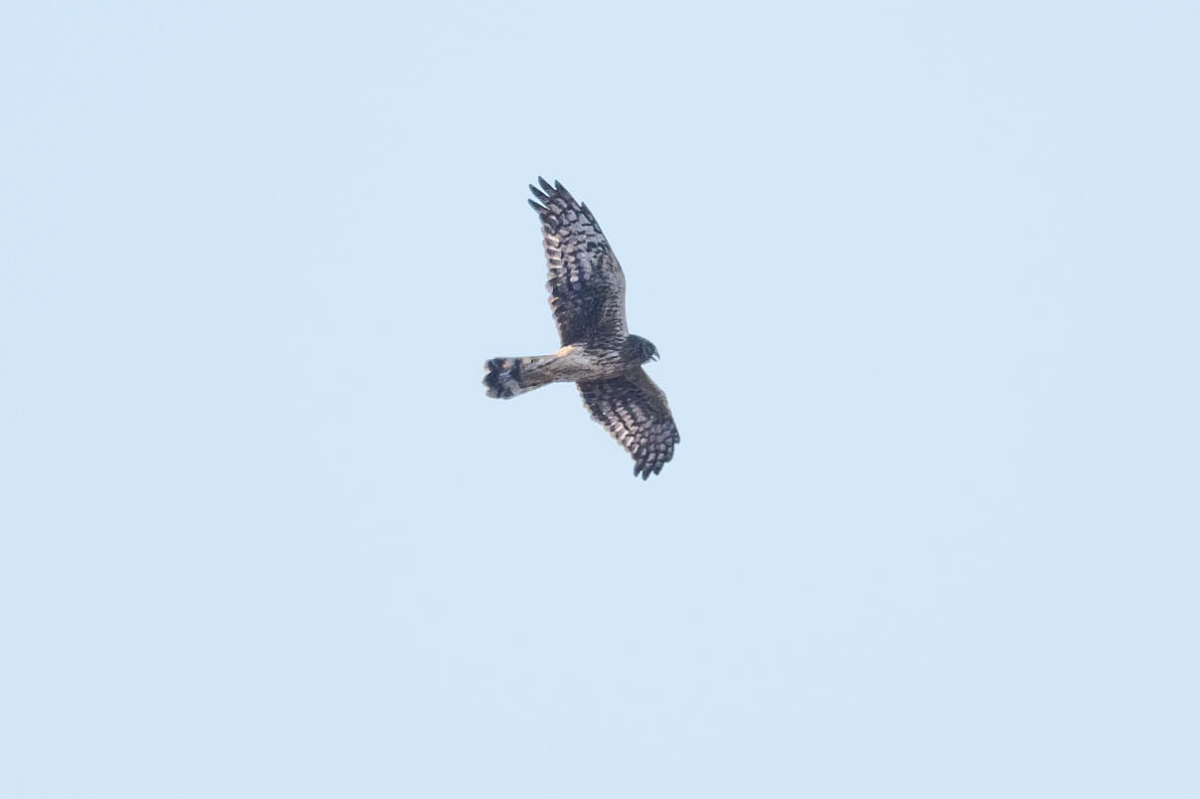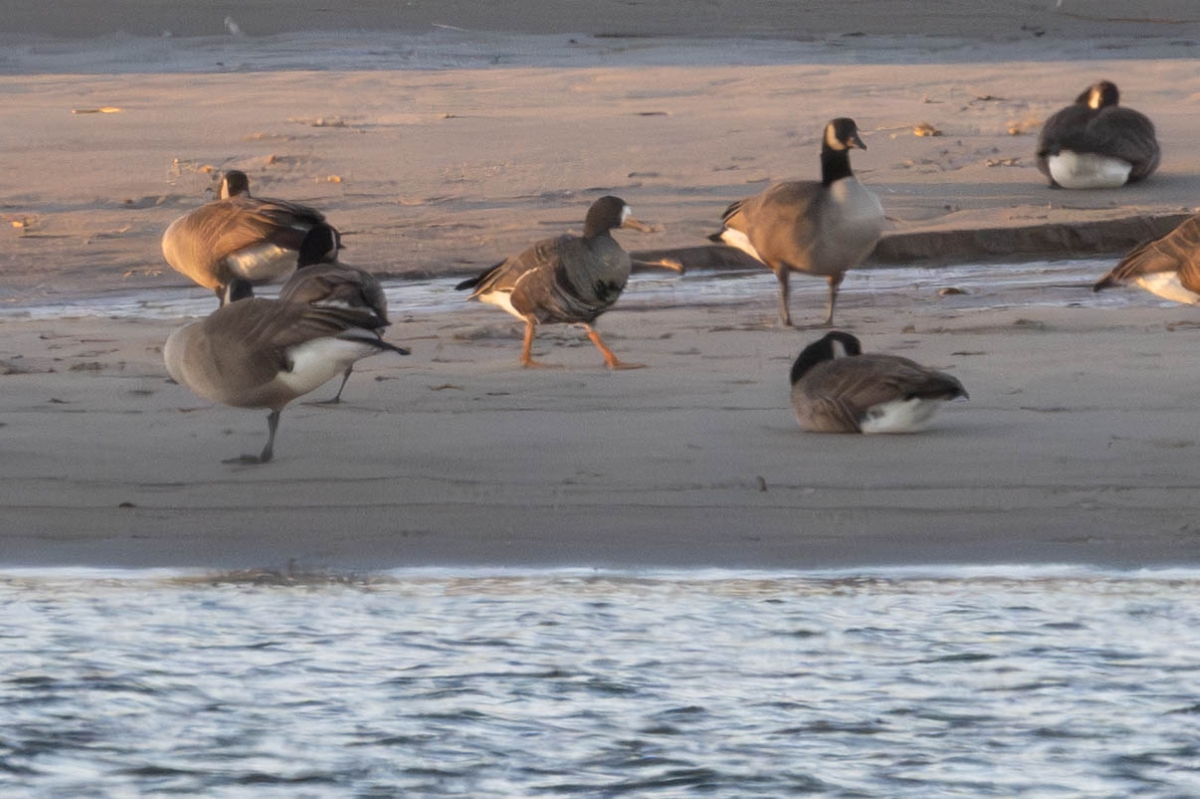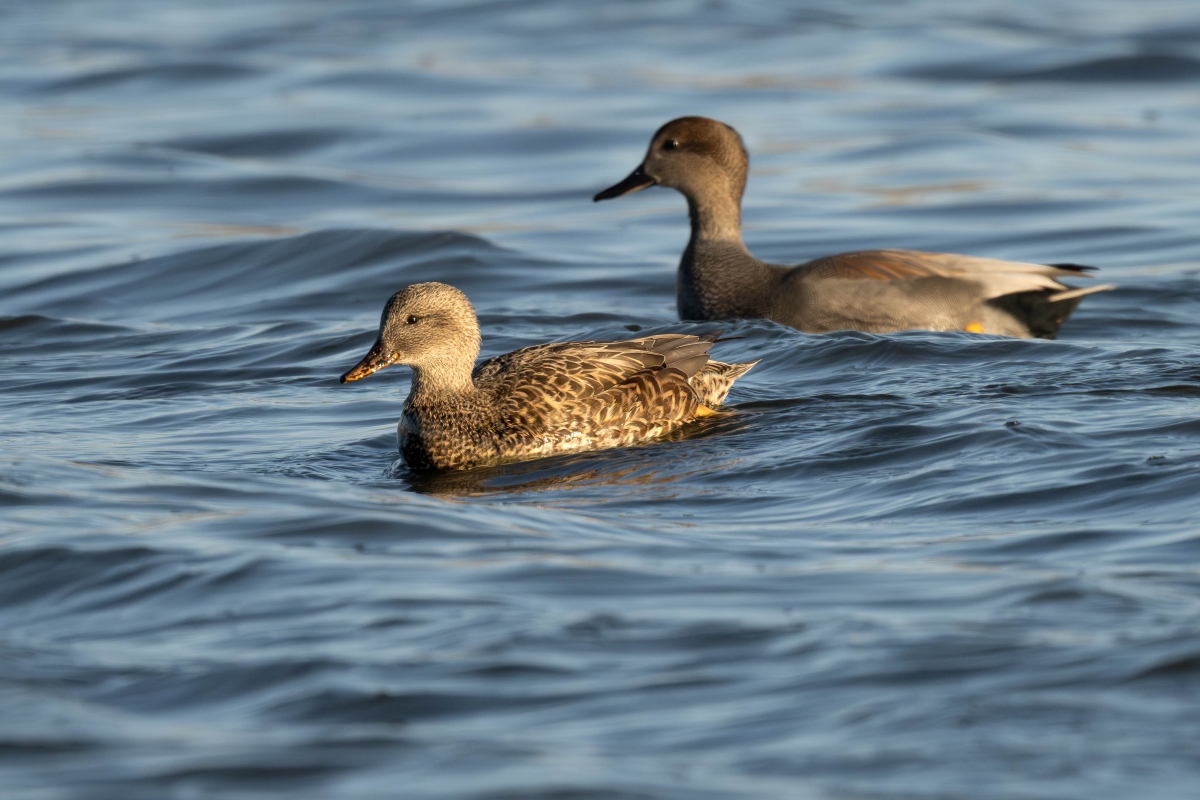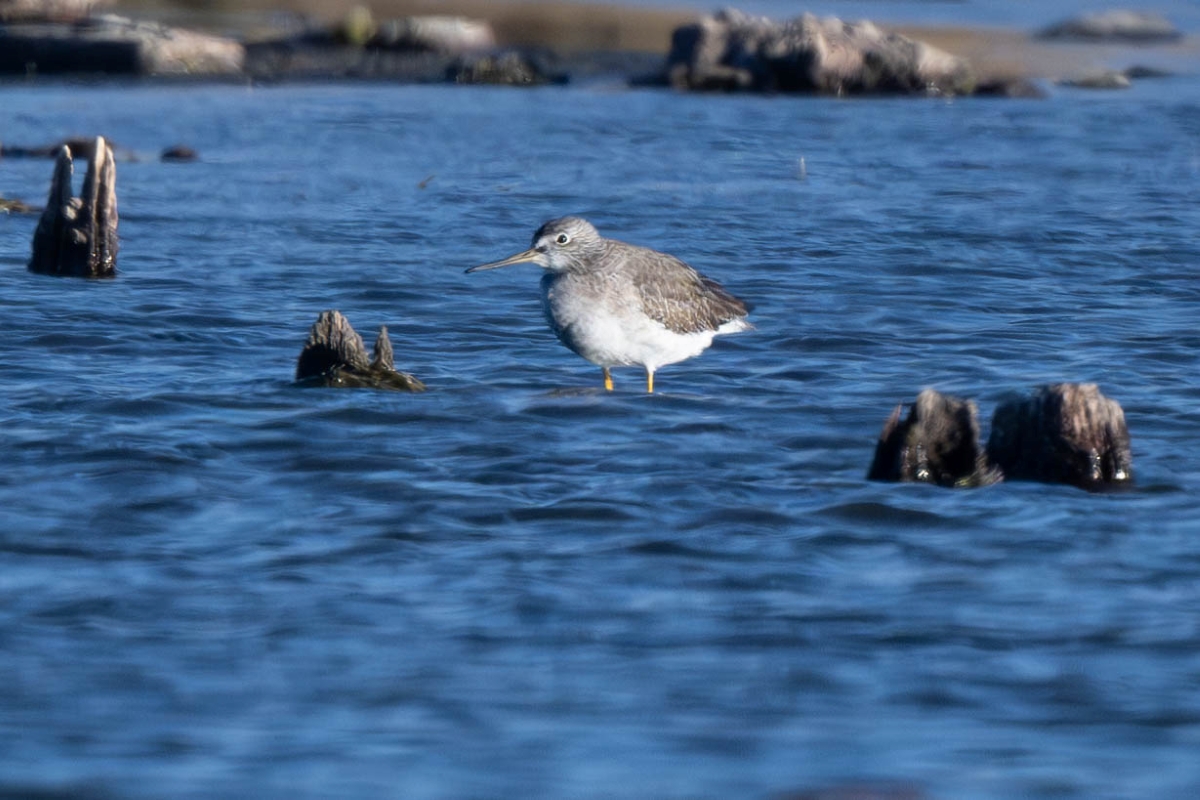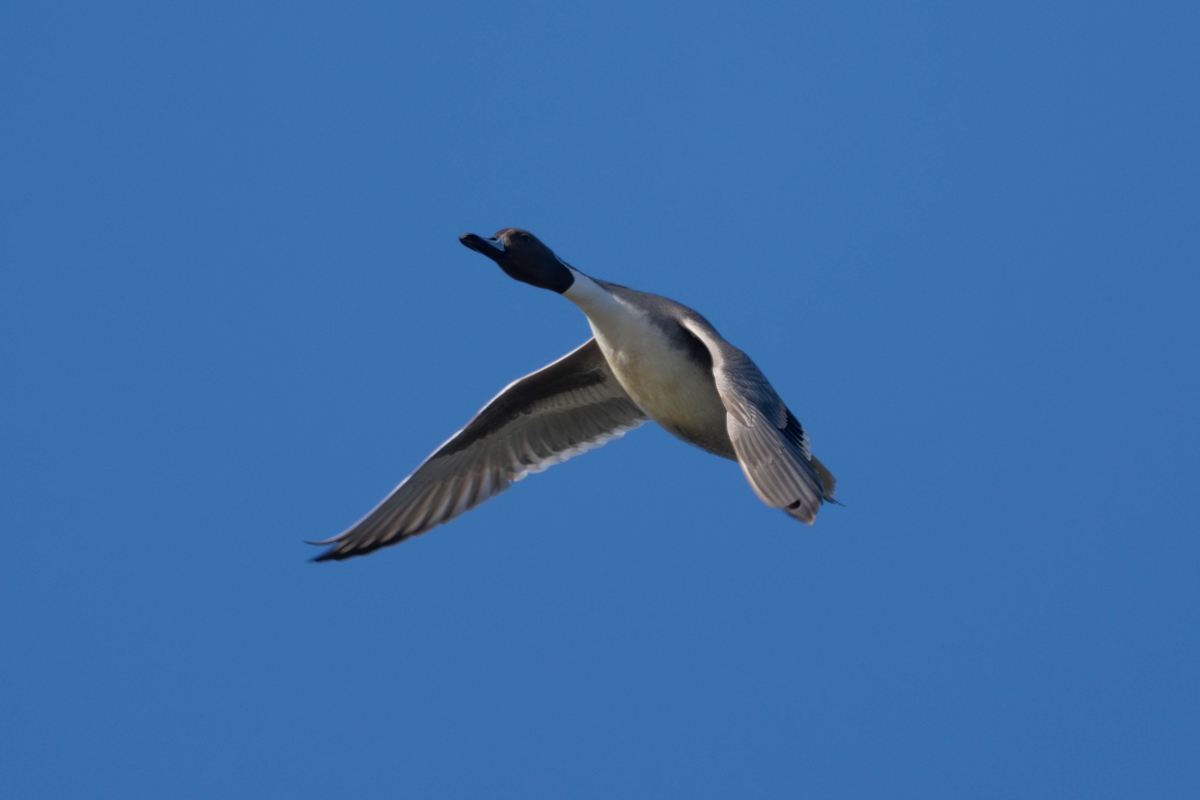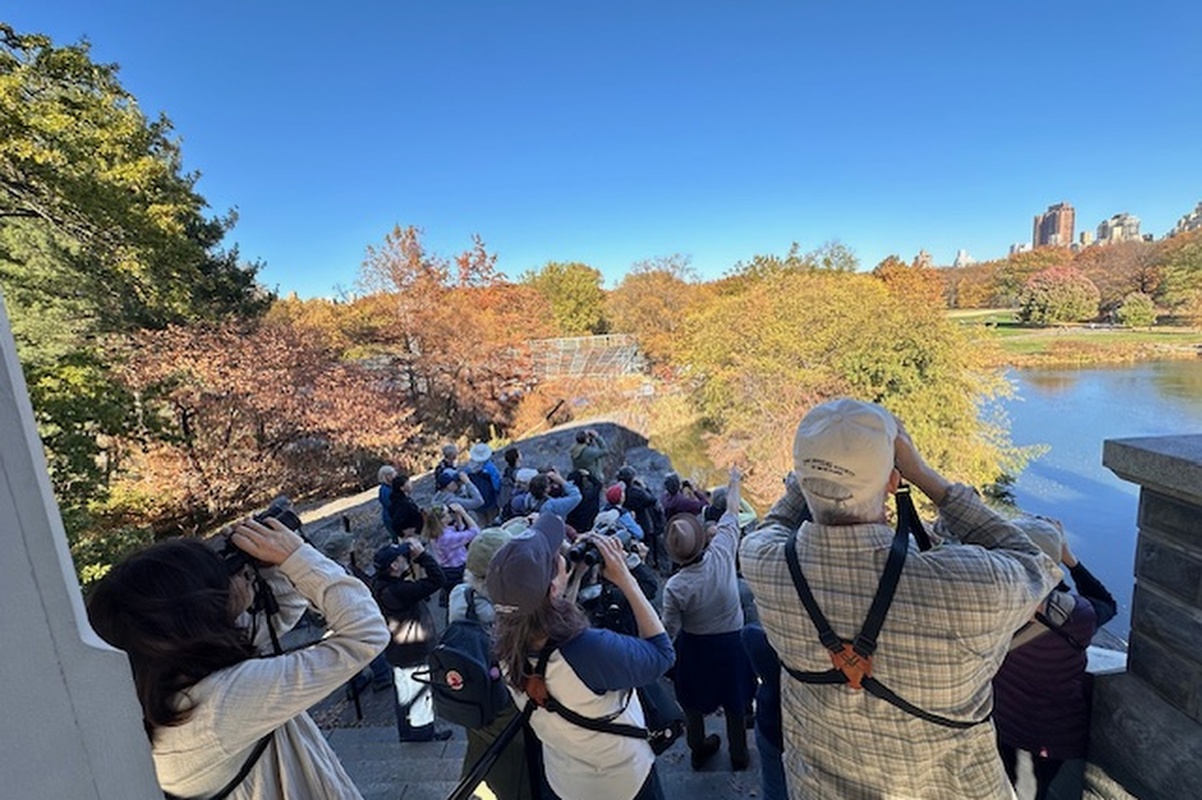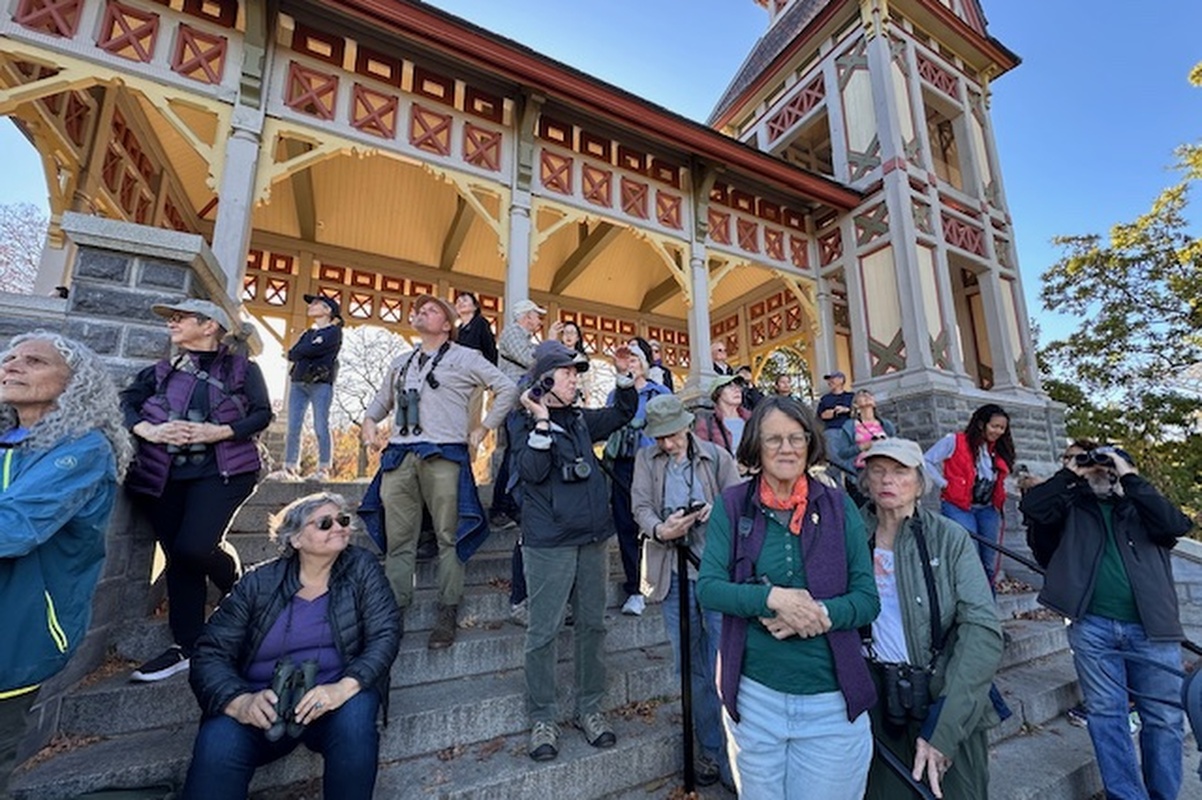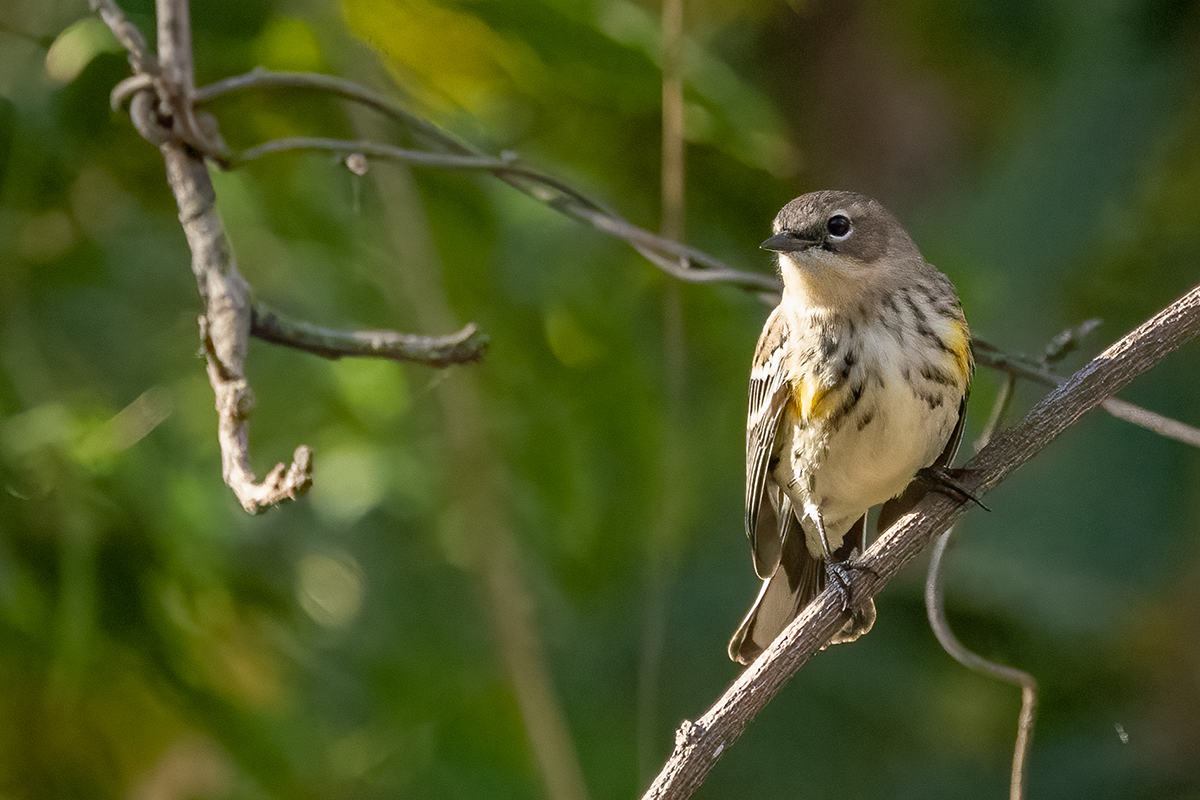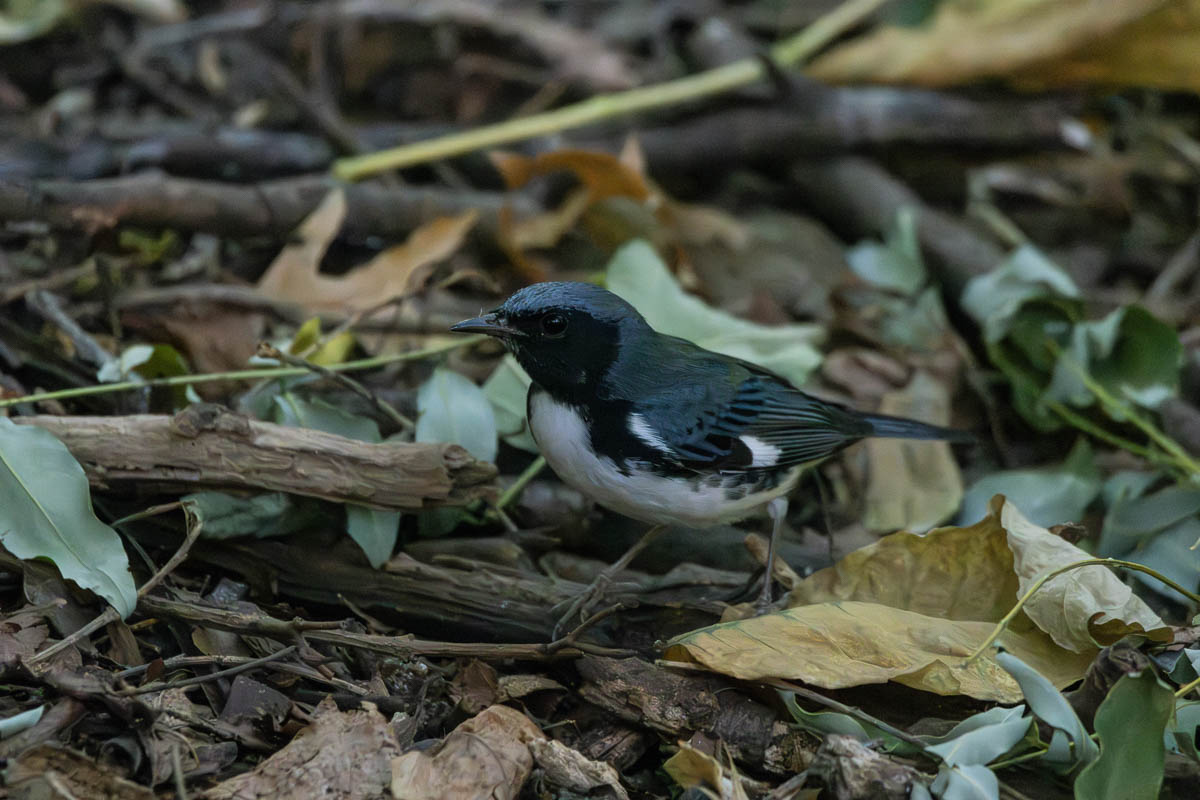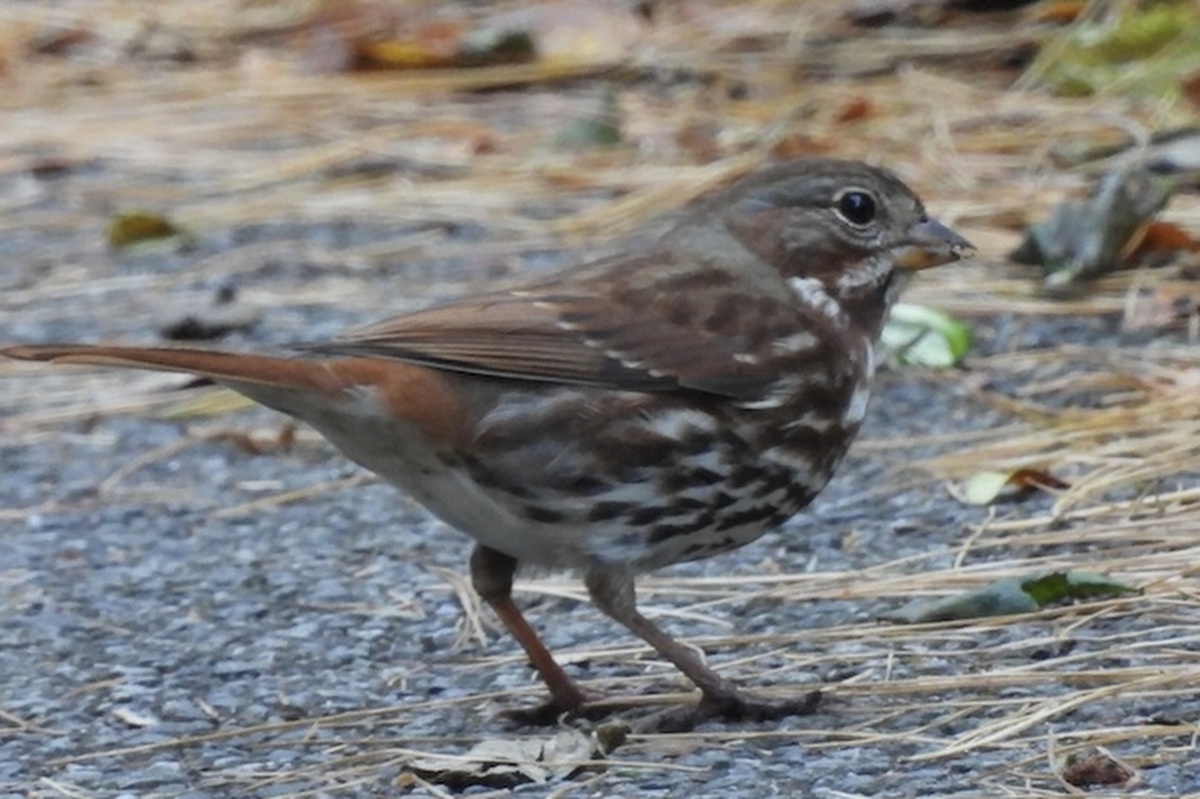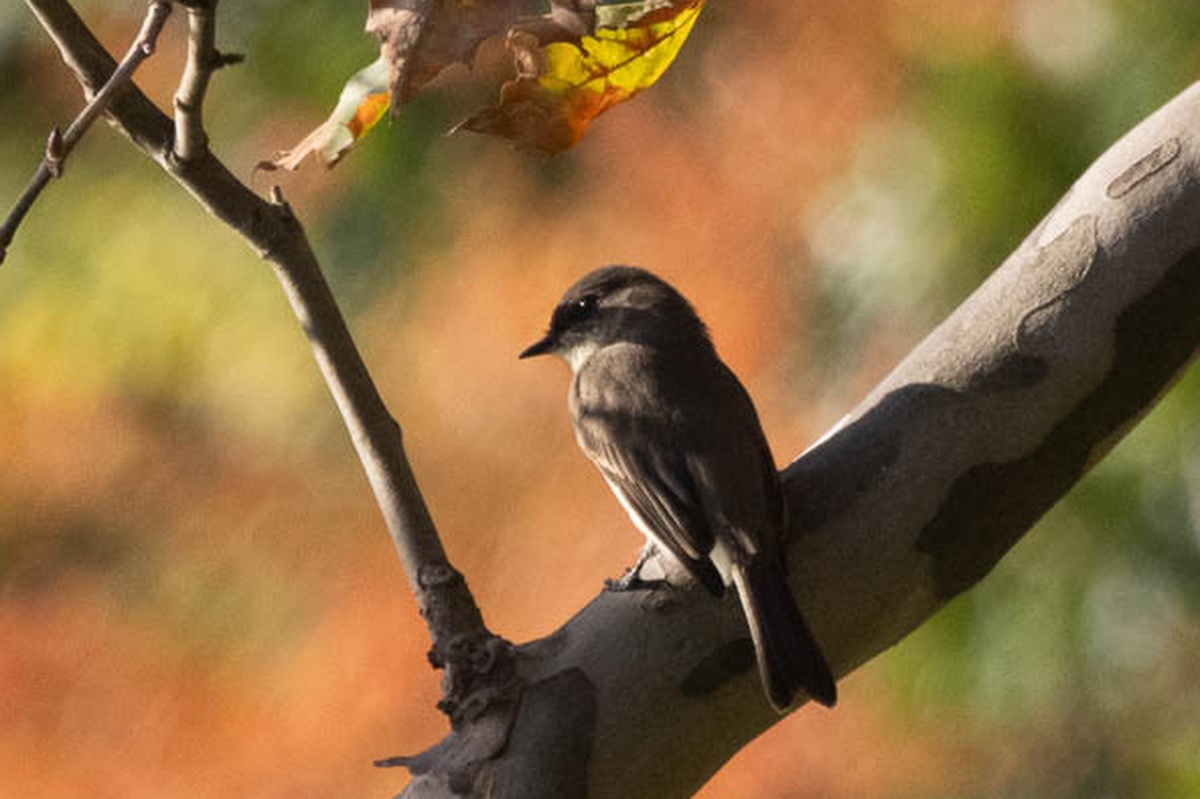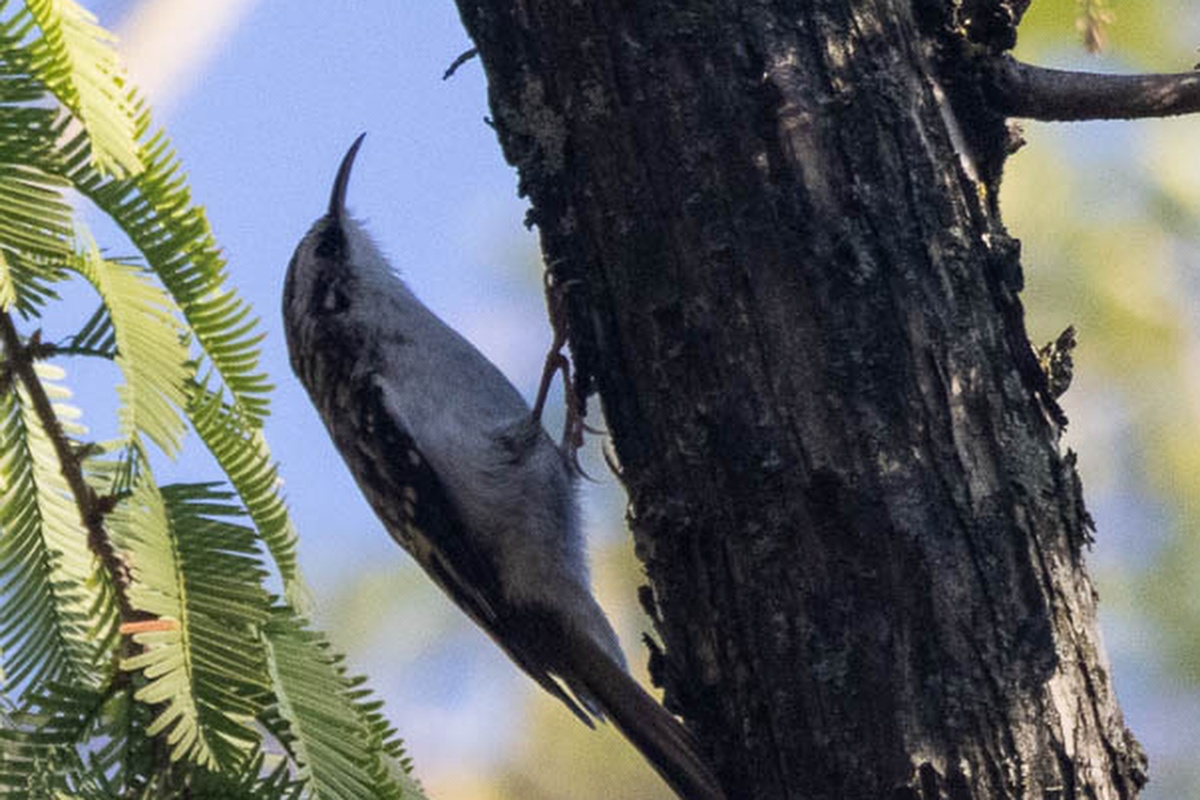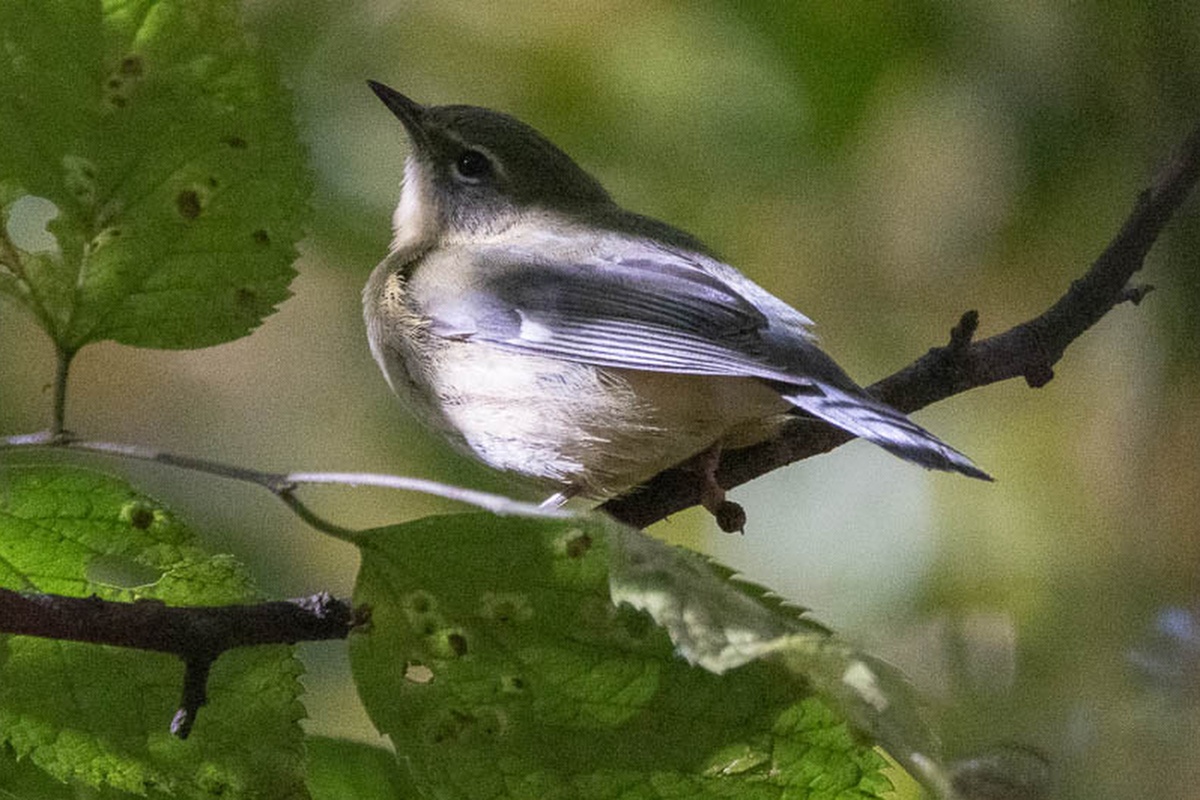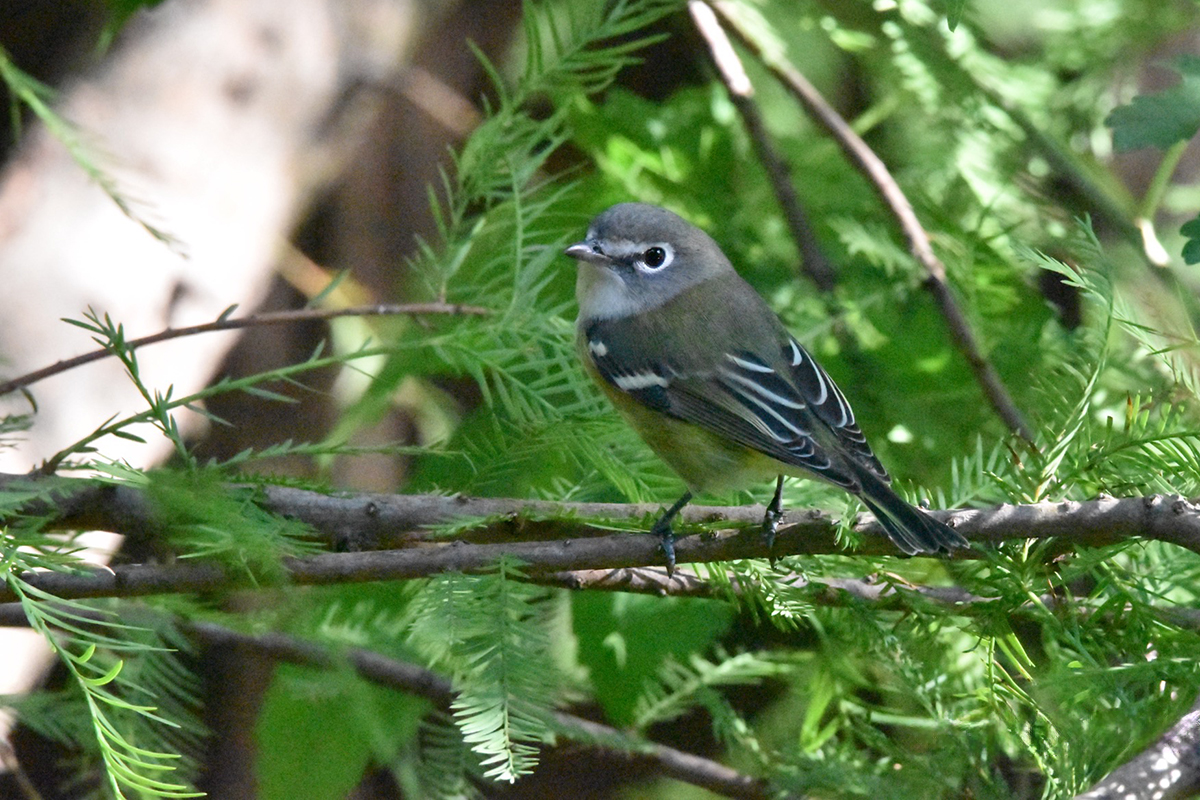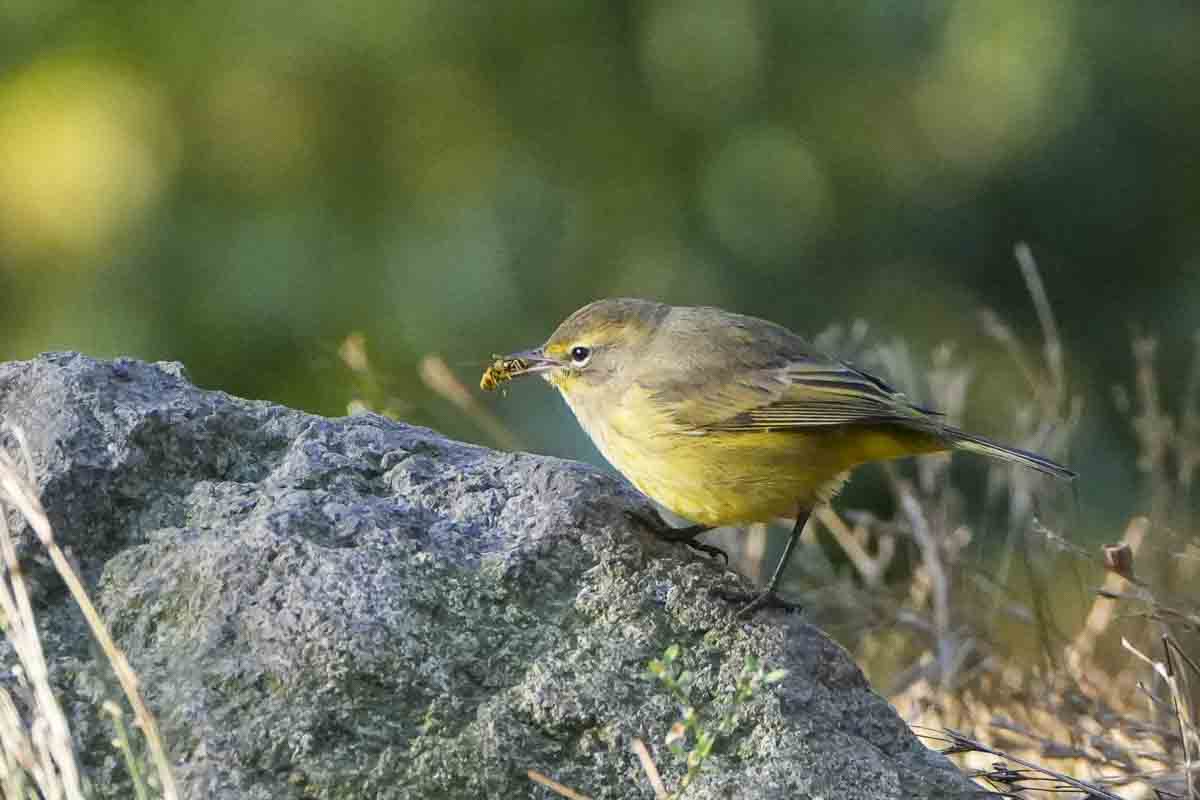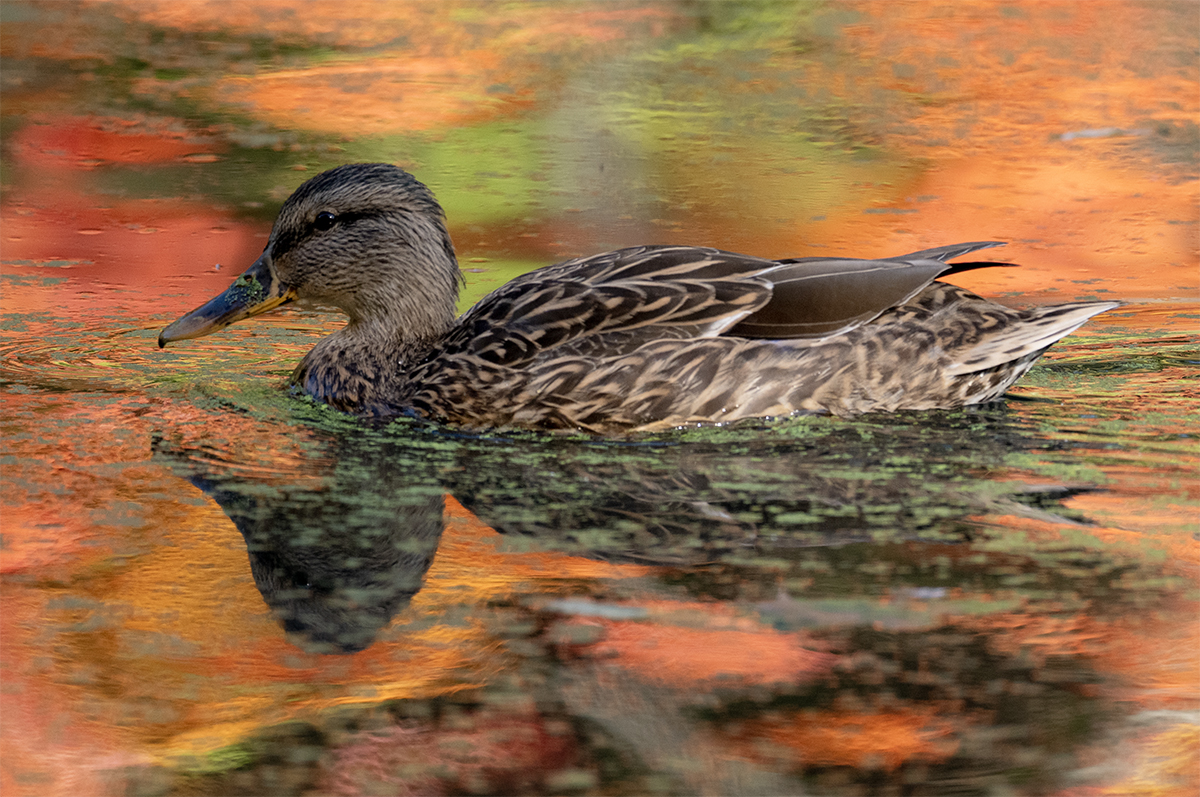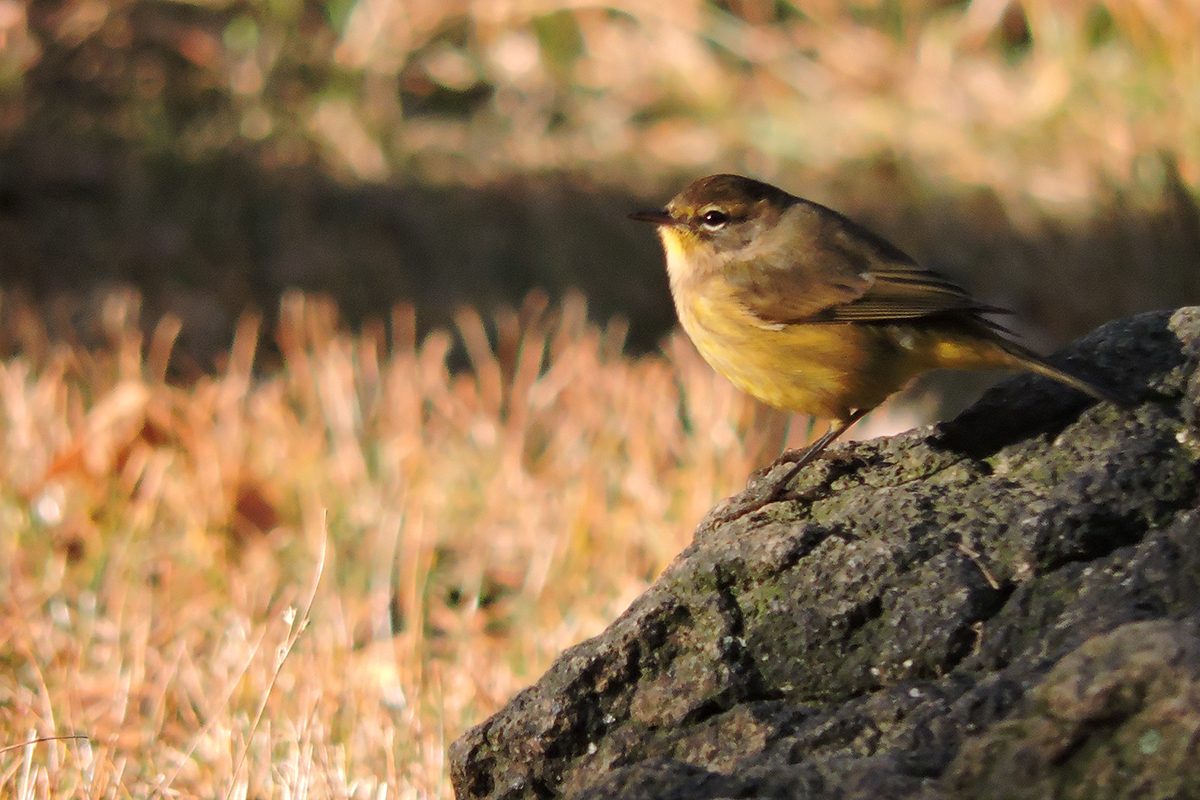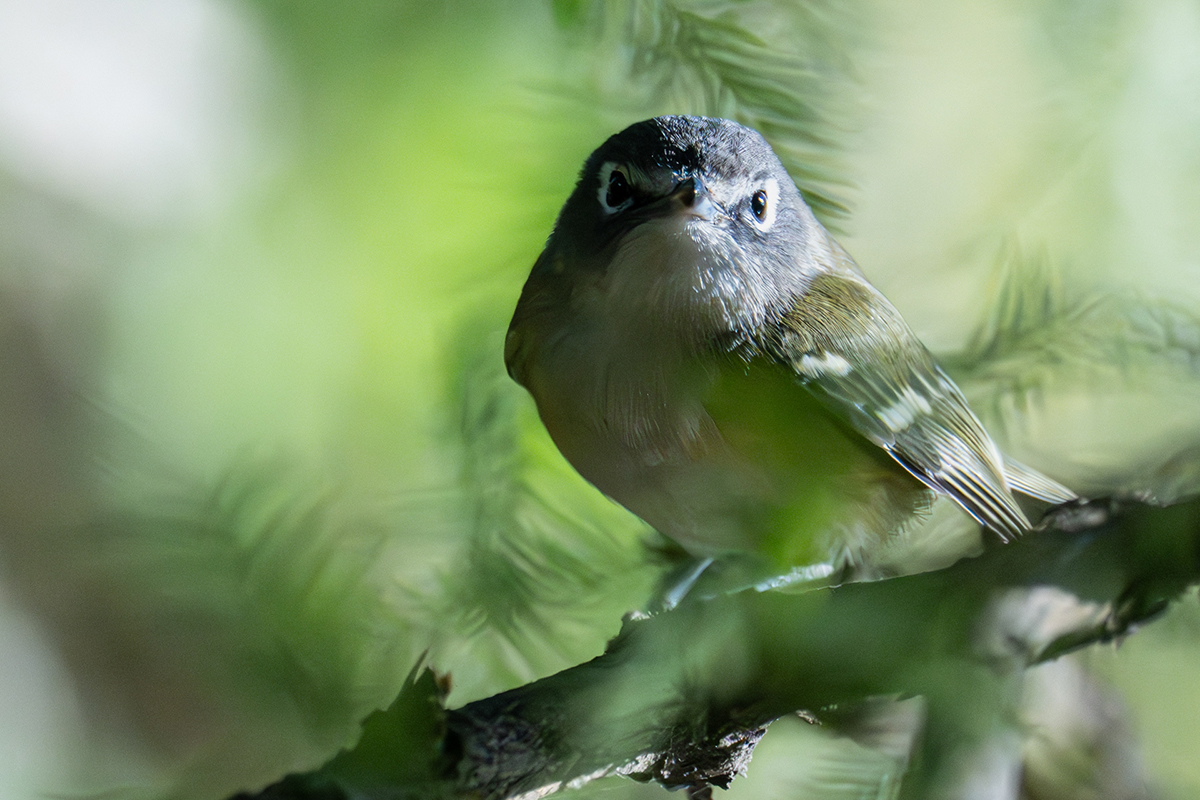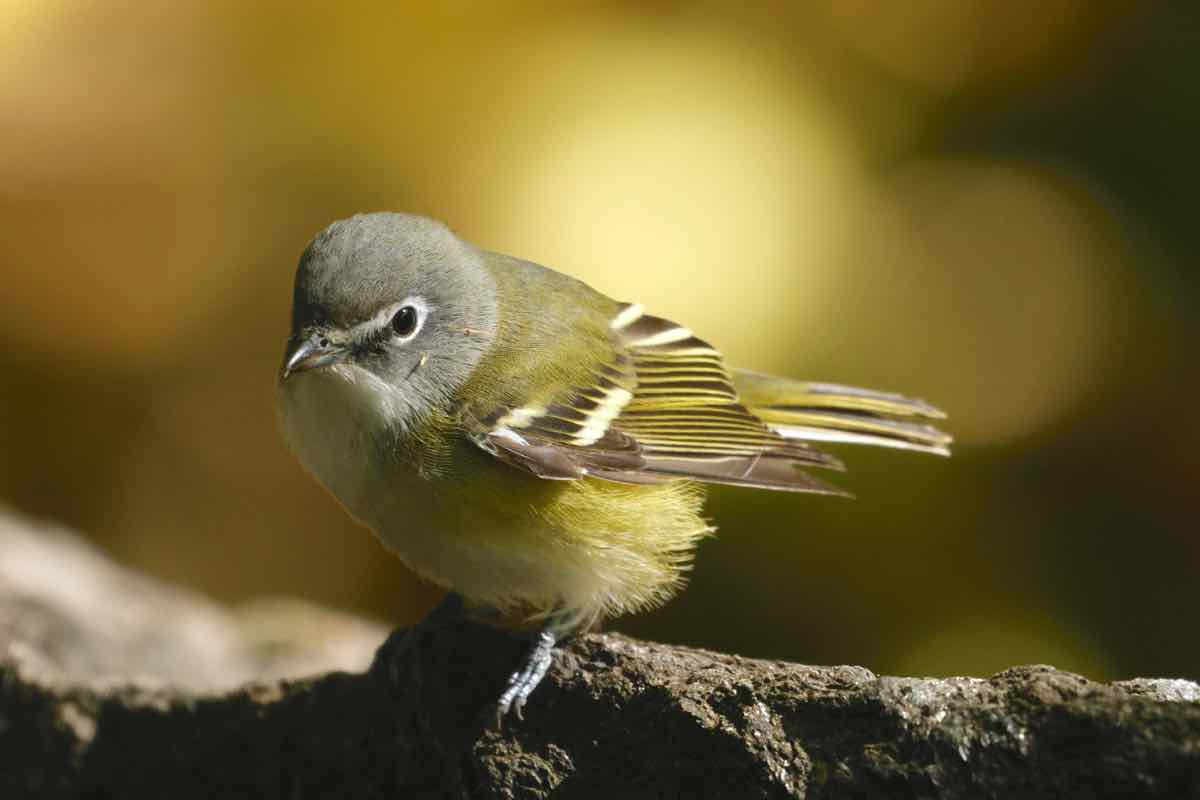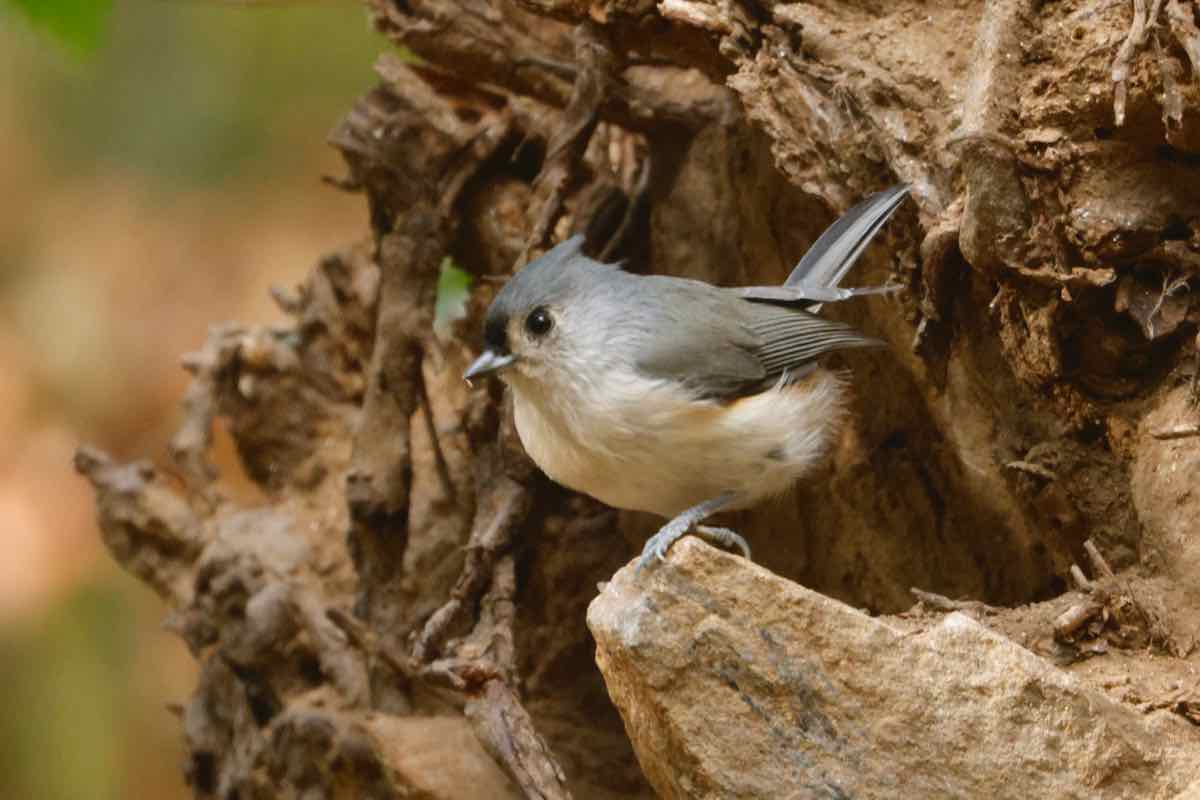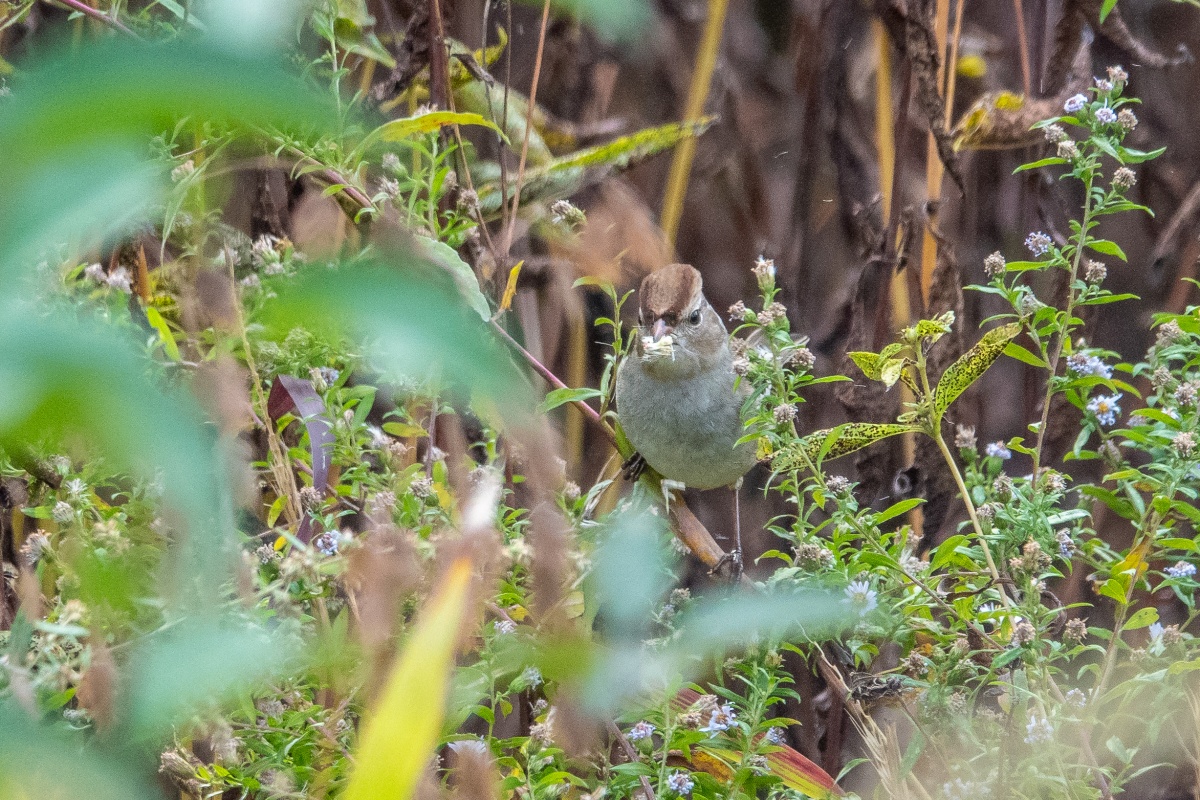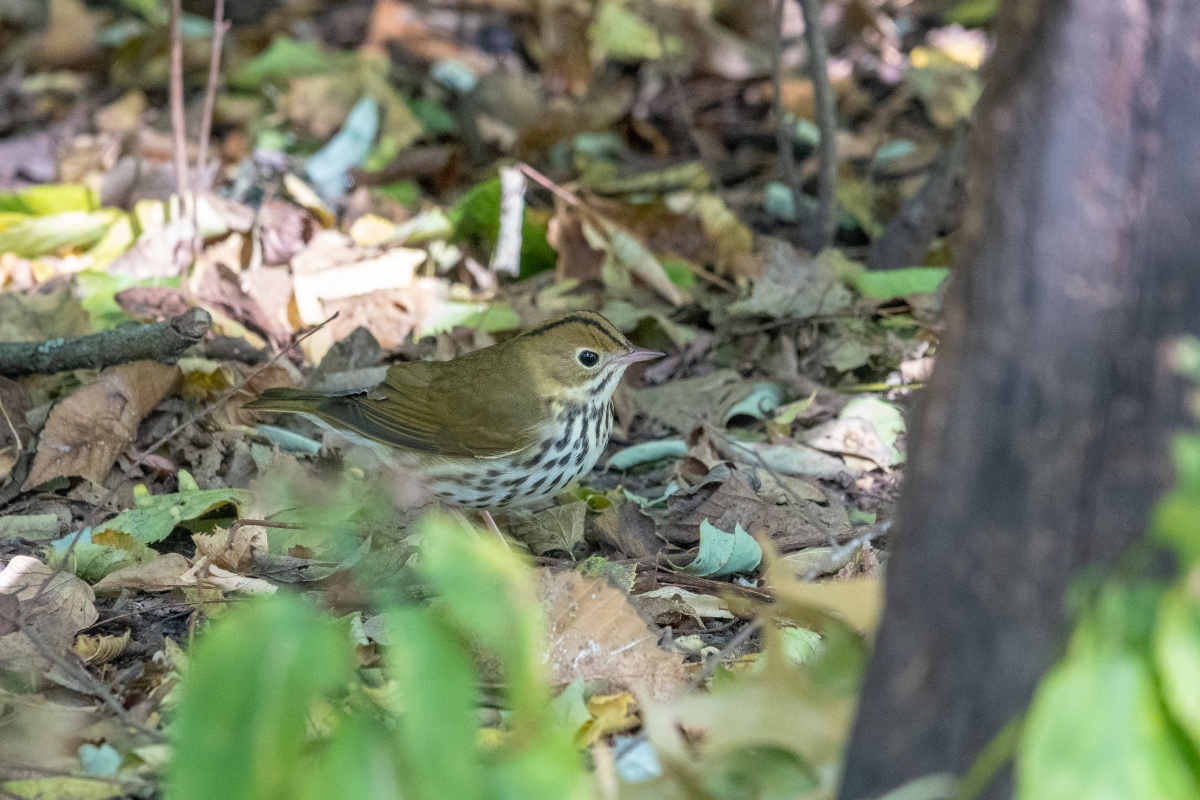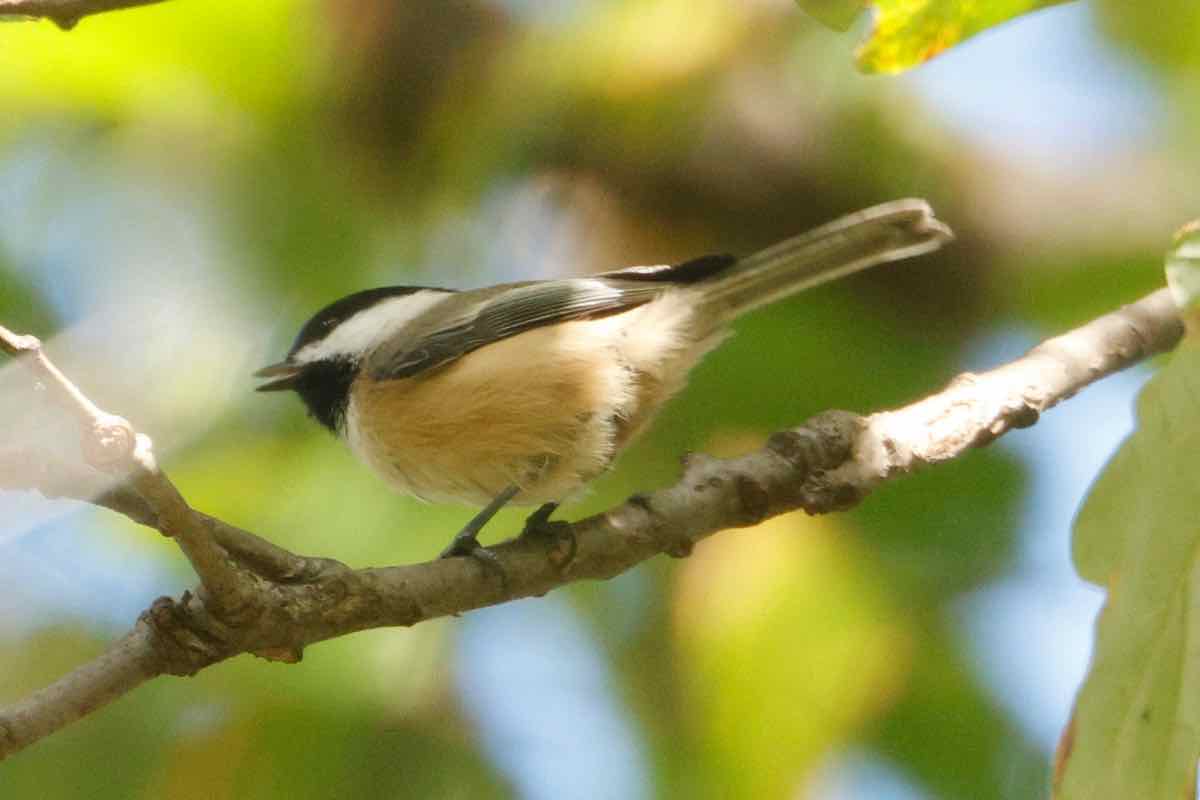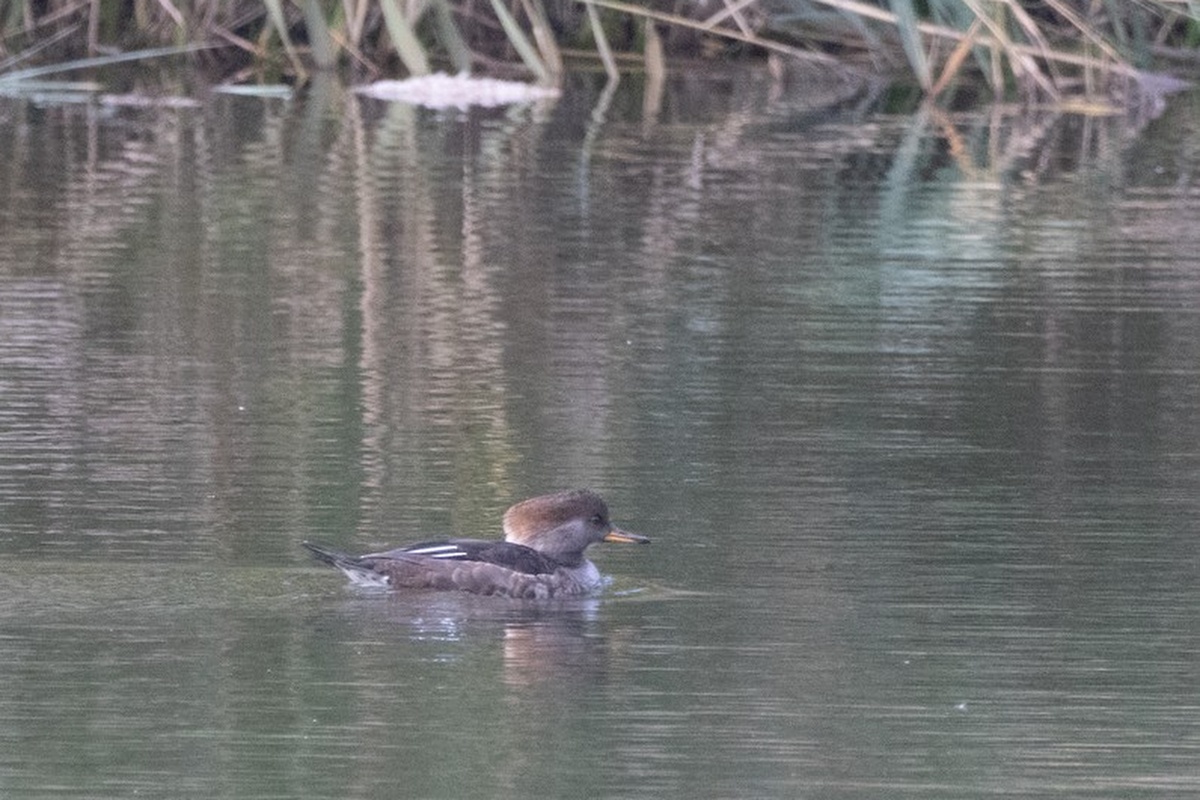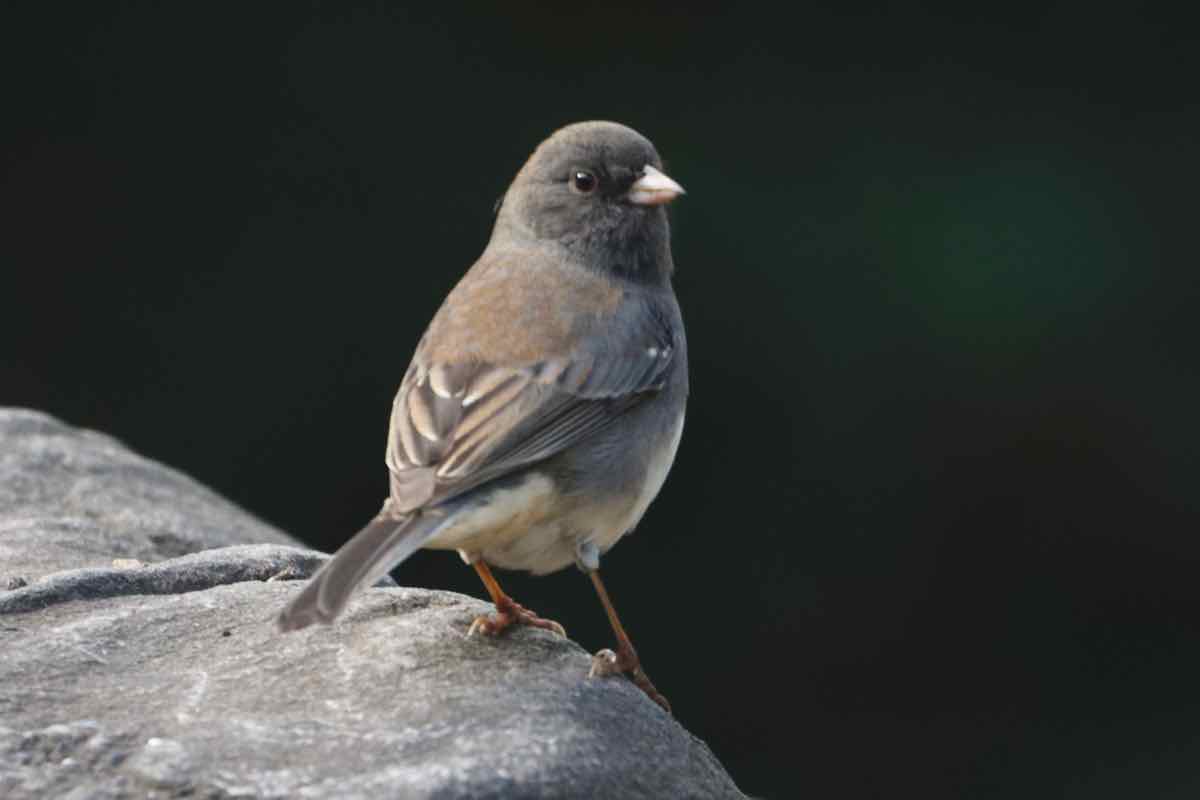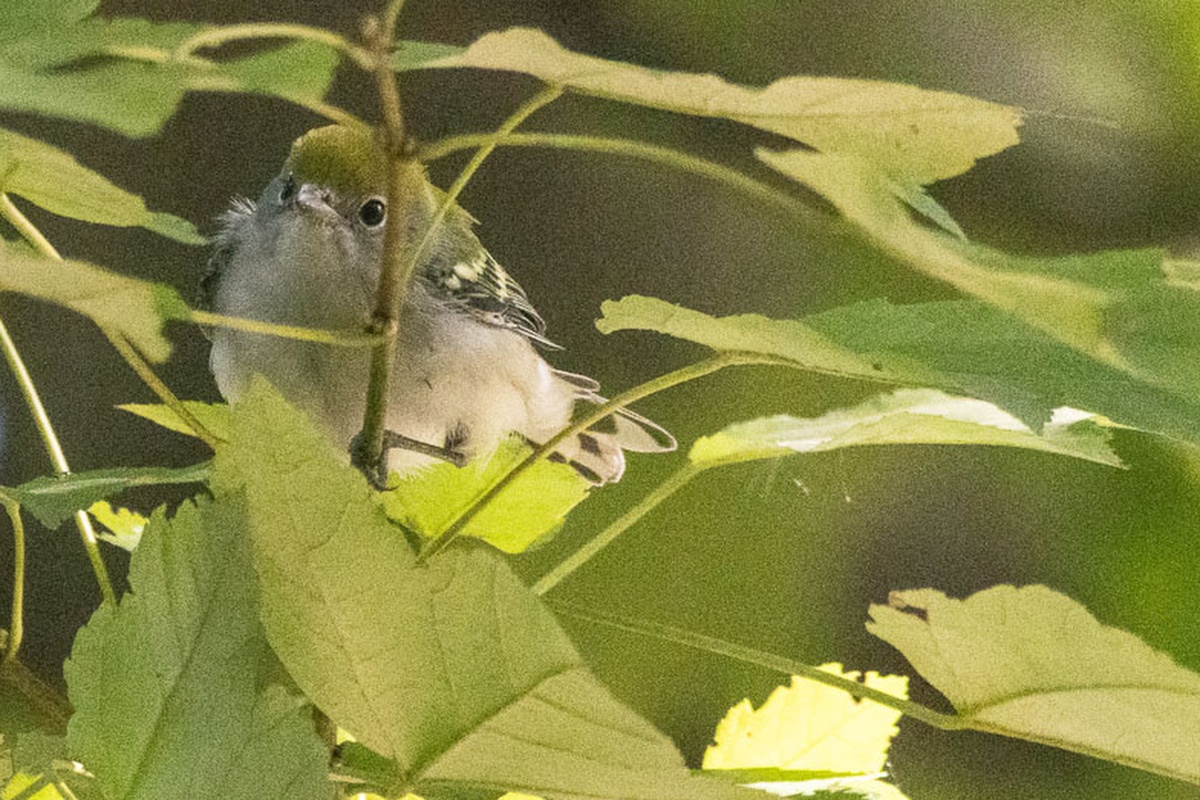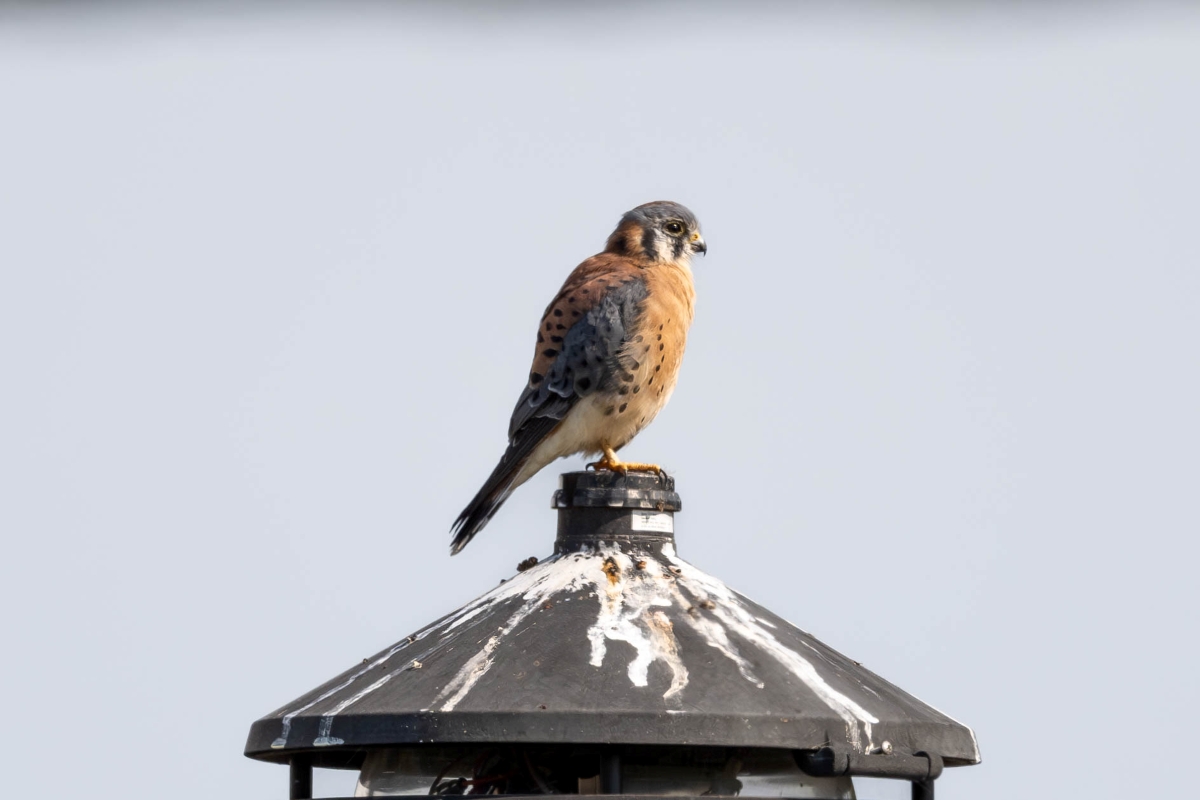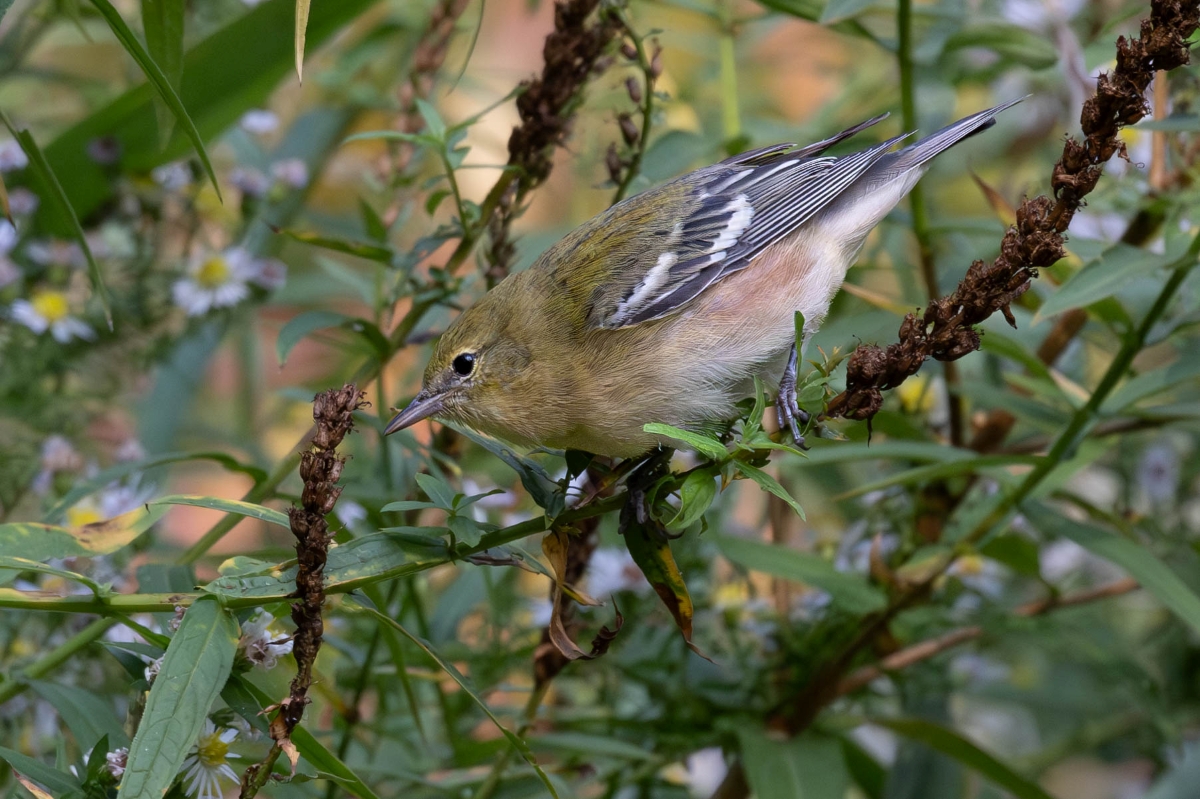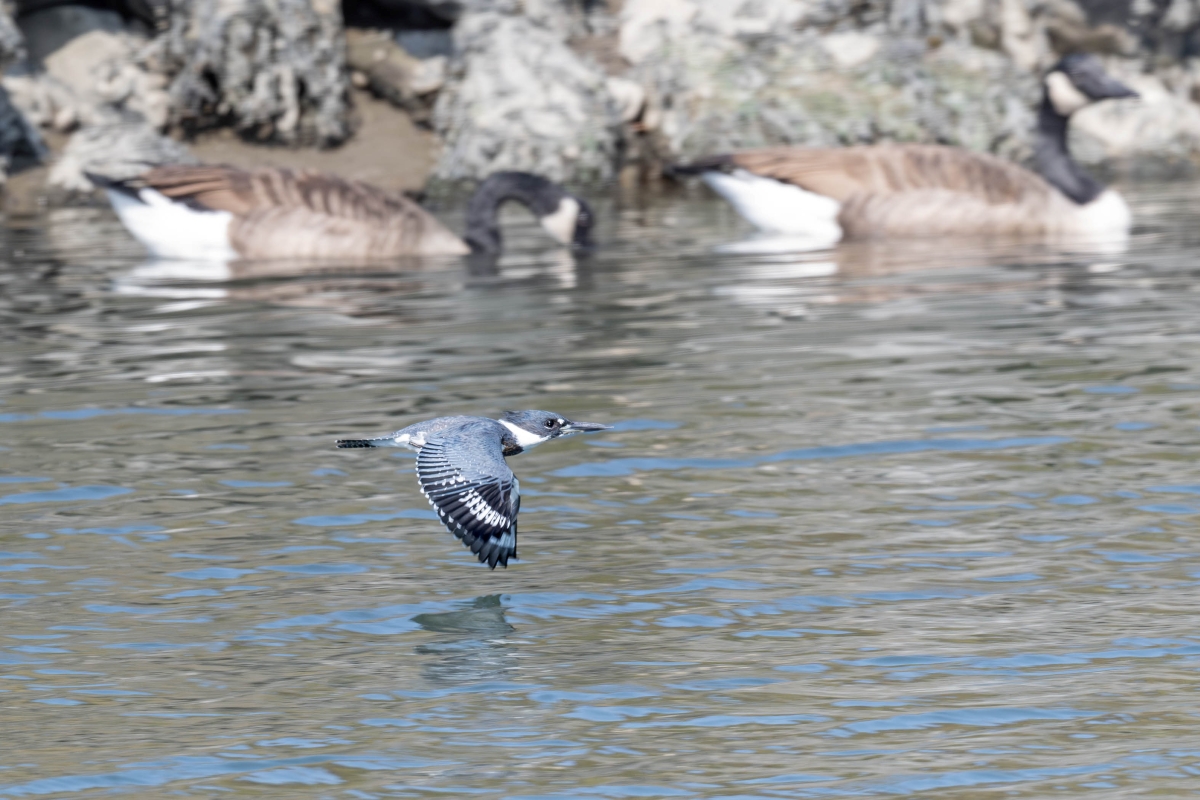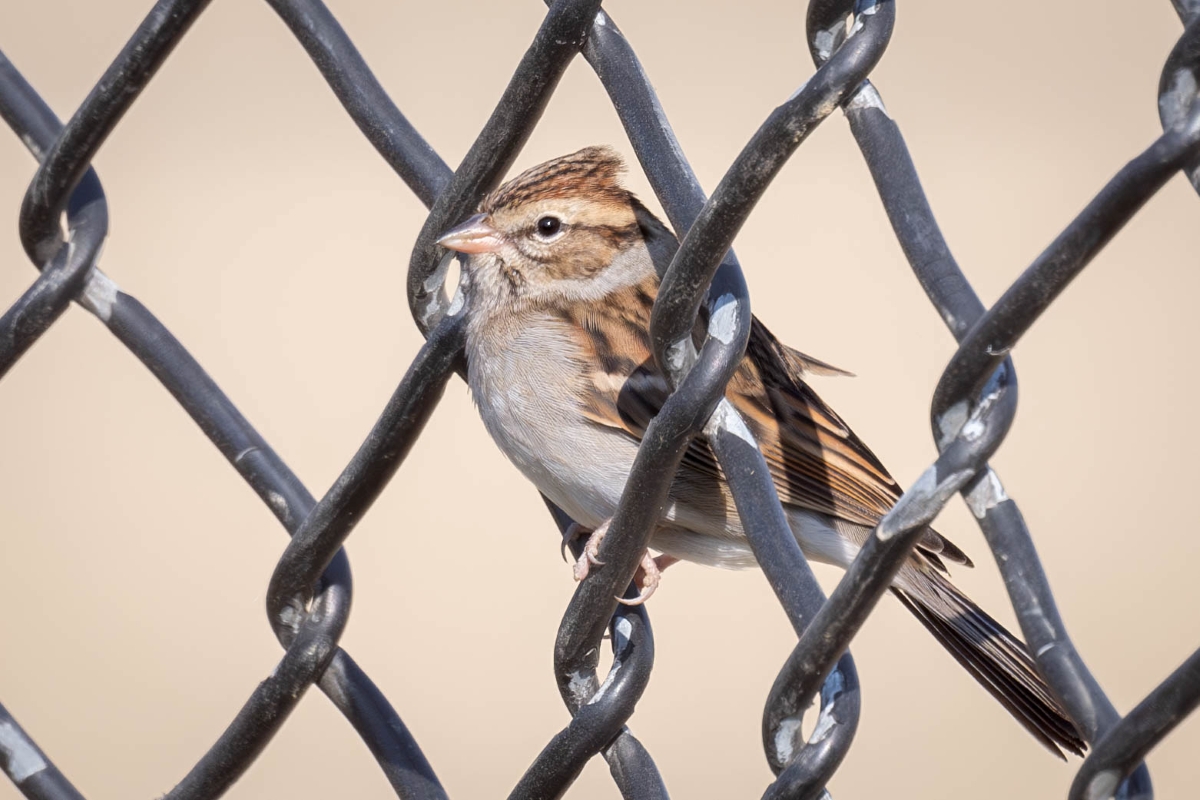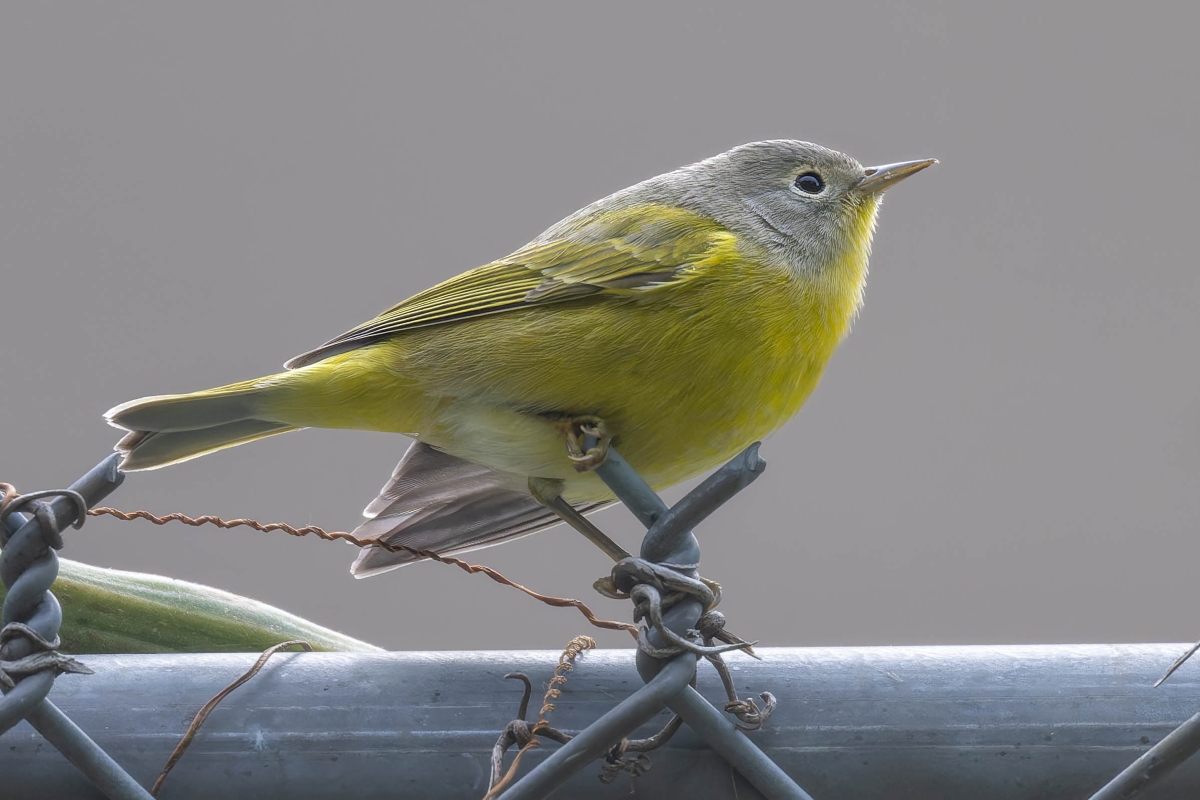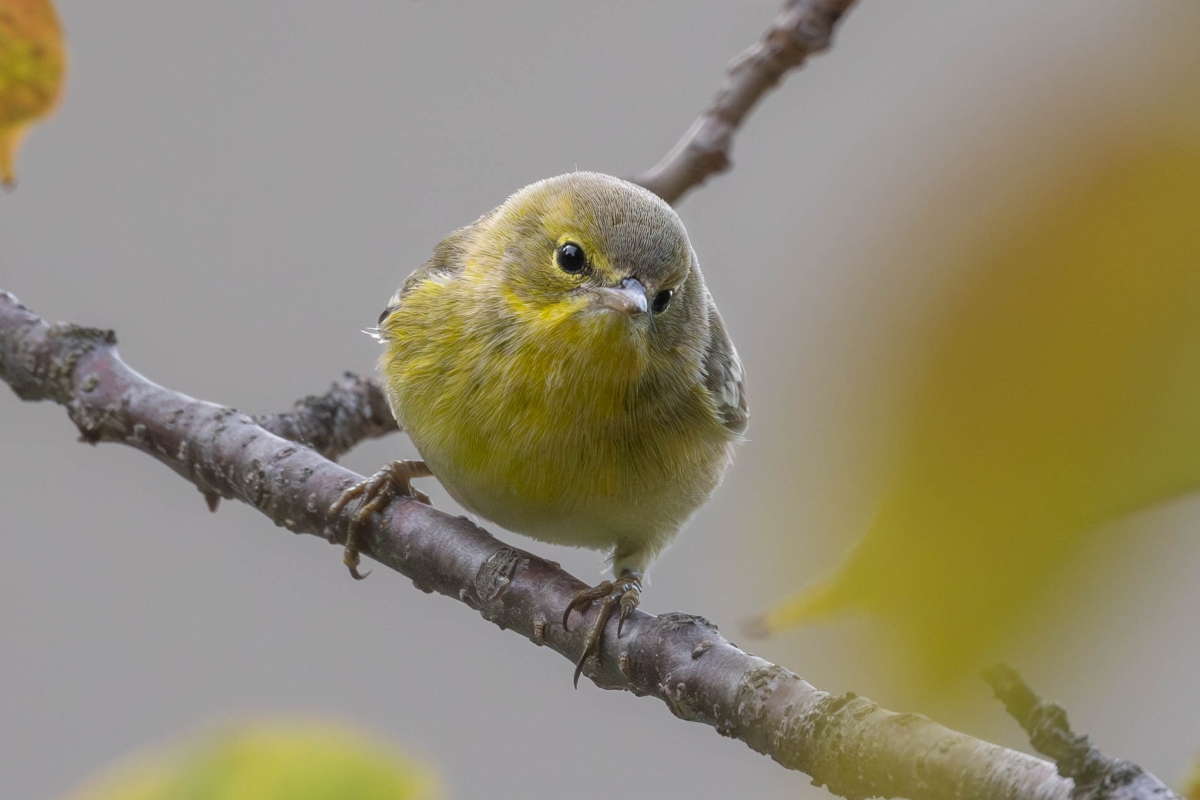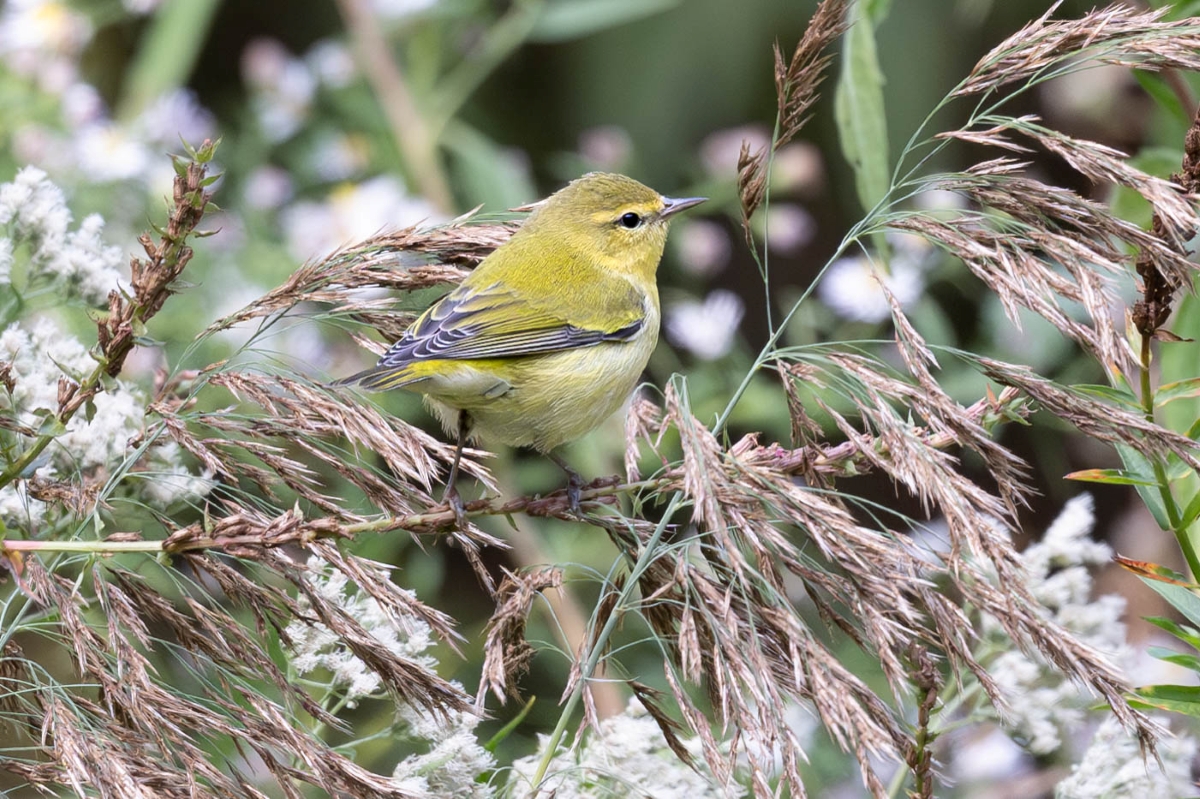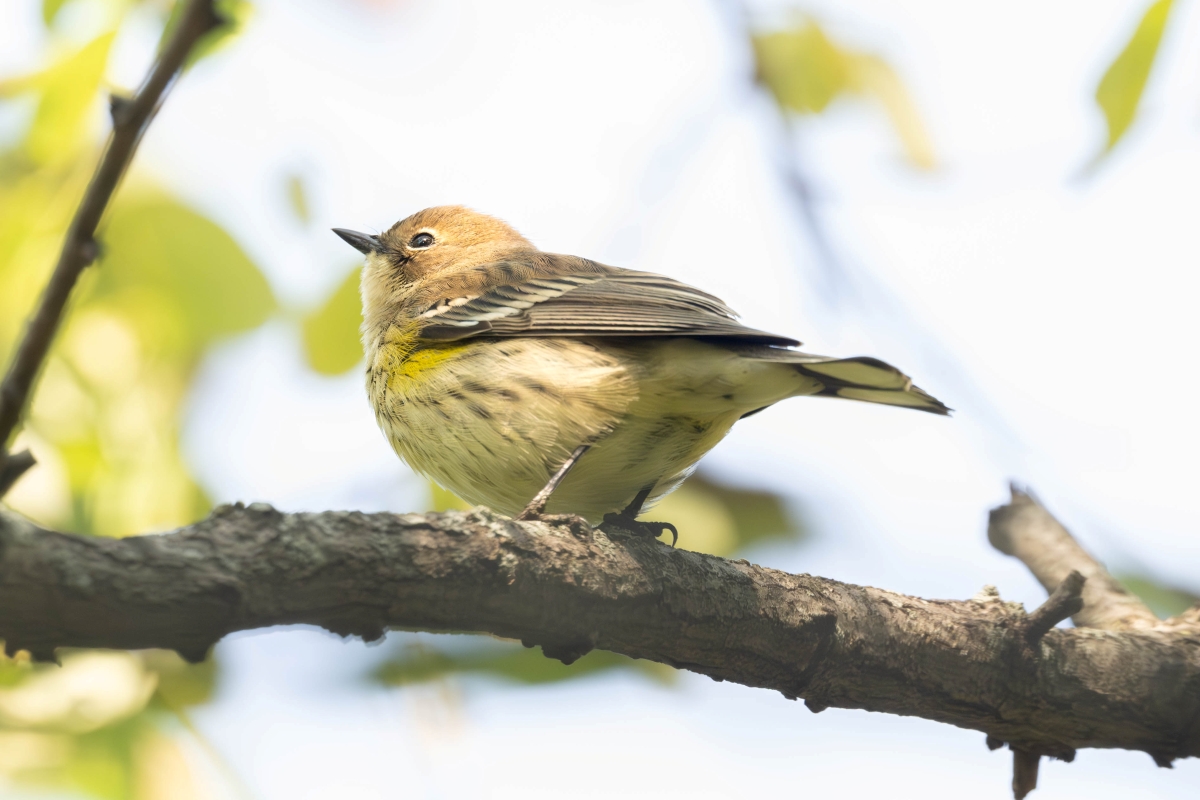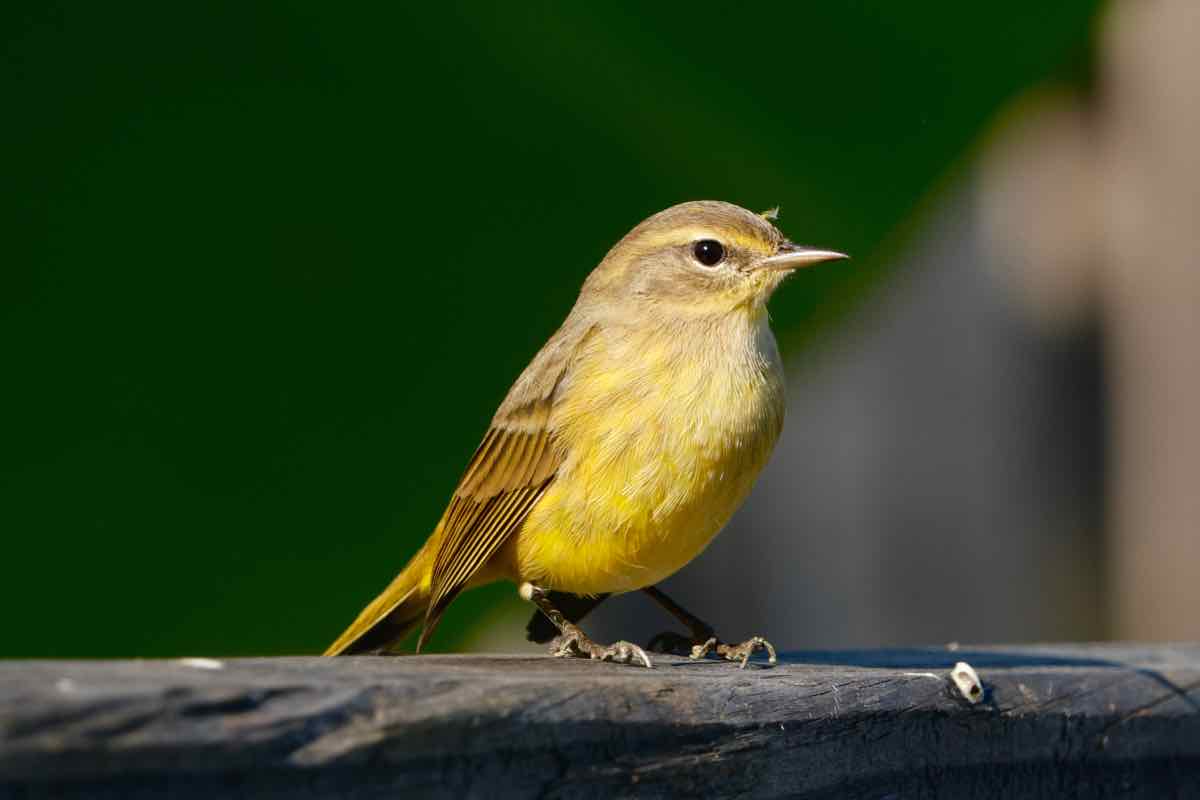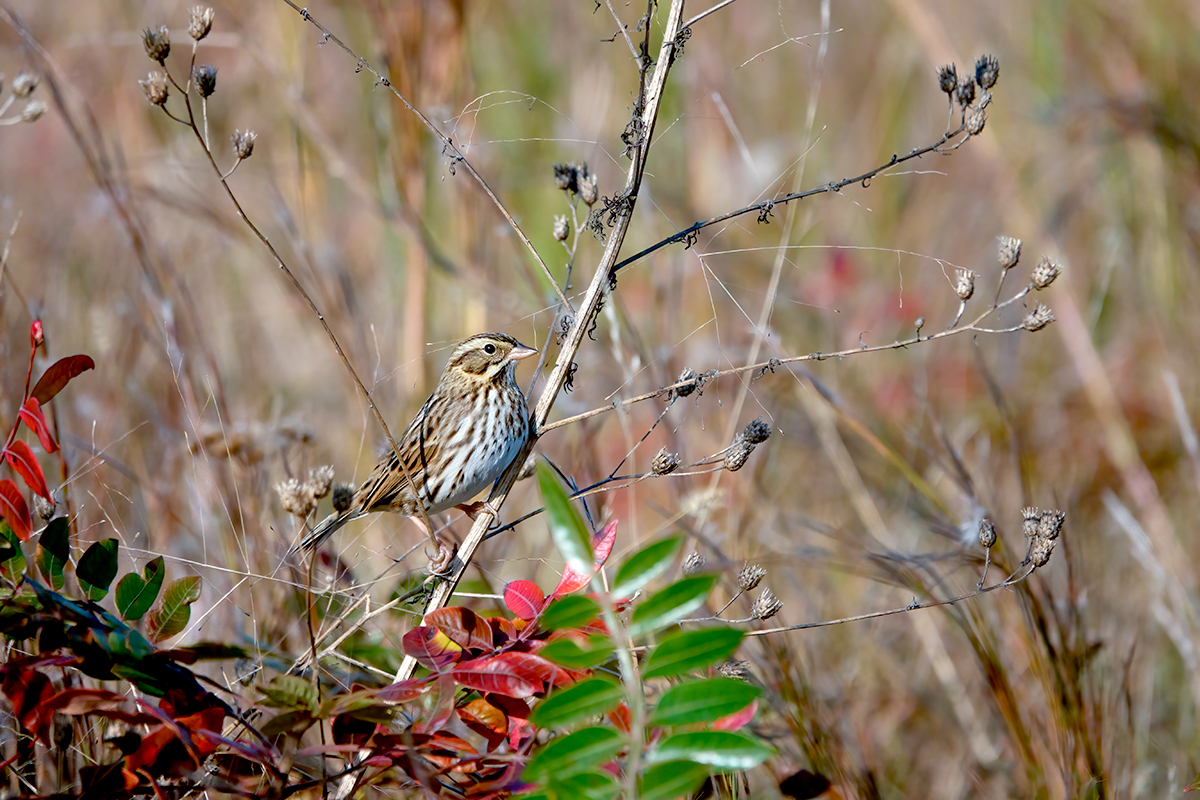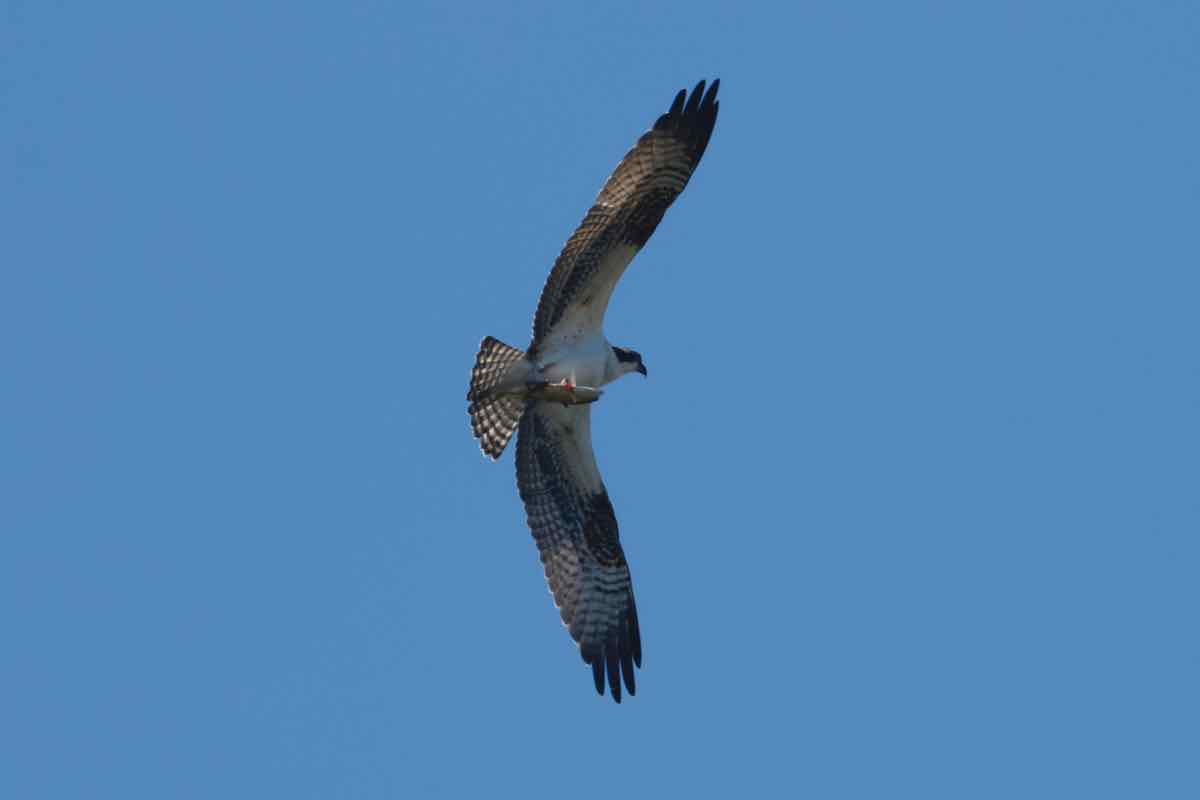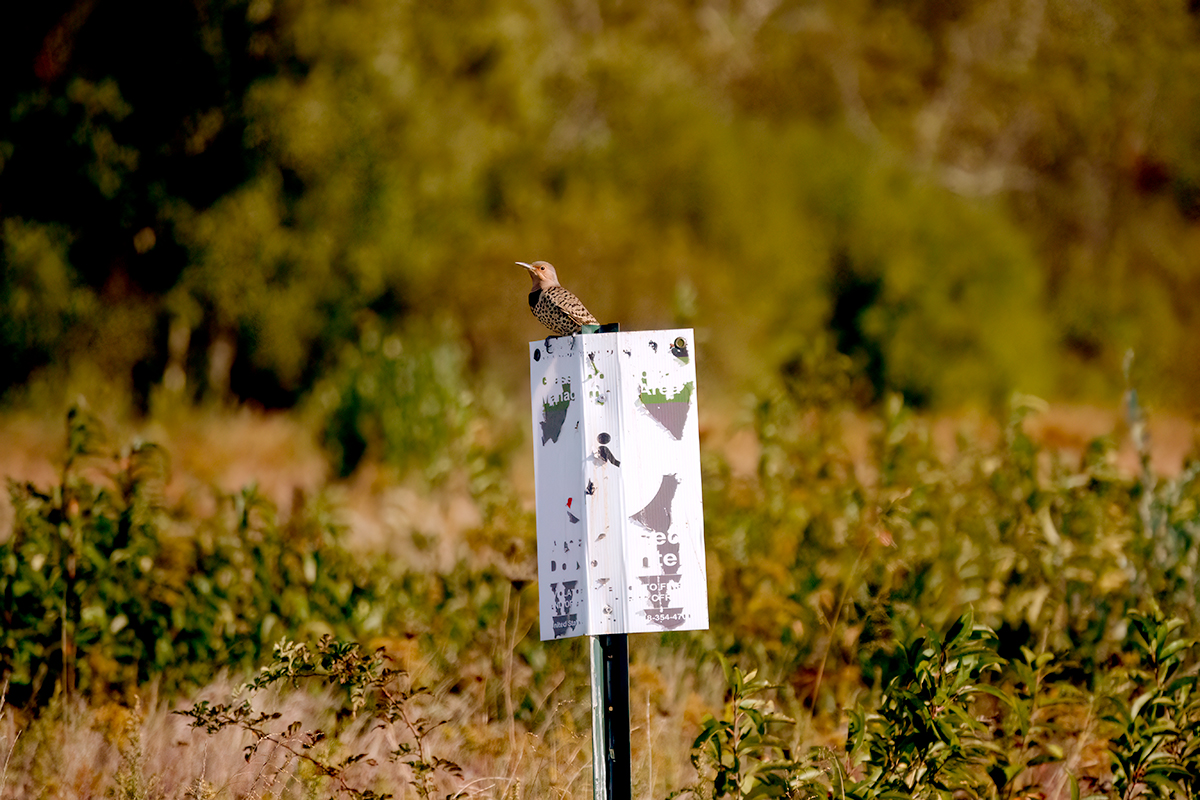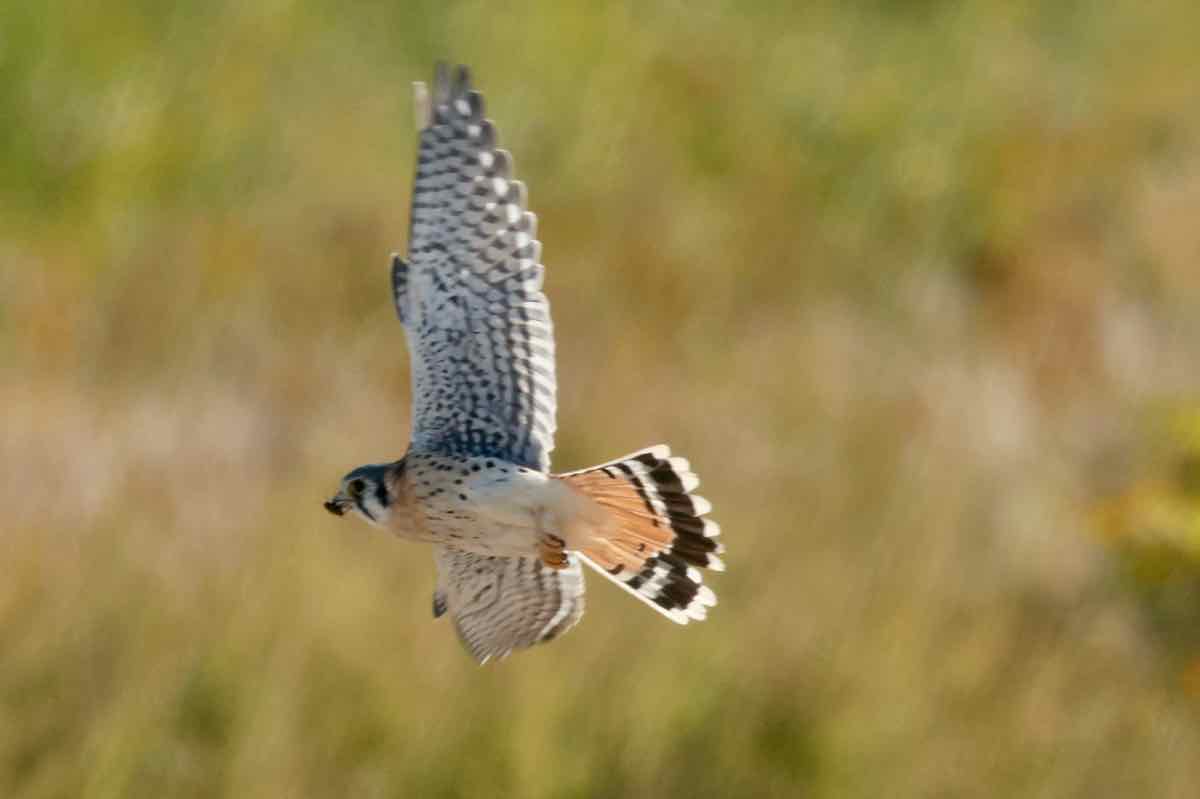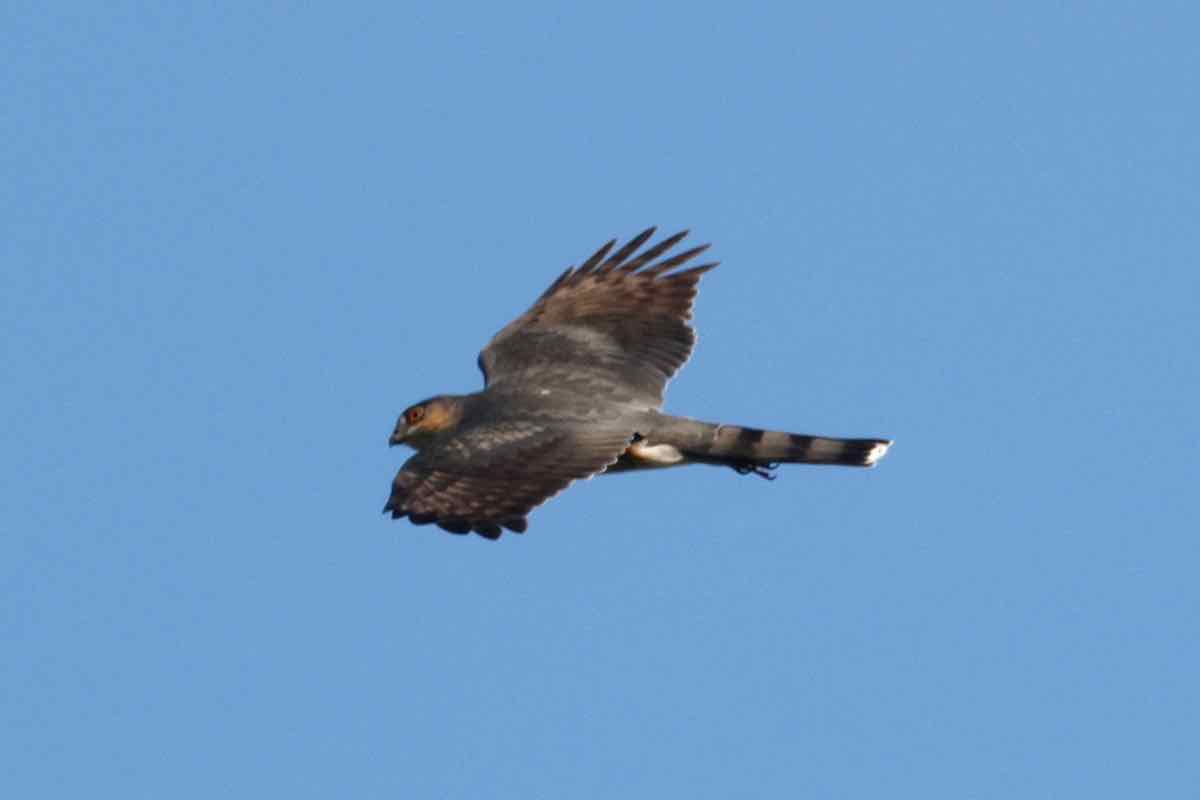Rye Playlands and Environs with Tom Burke and Gail Benson, 12/7/2024
Registrar: MaryJane Boland
Participants: 11
Weather: Clear, cold with intermittent wind.
Bird Species: 63
We were a collegial group of 11, happy to be in Westchester after struggling to find enough drivers. We visited three separate areas—Edith G. Read Wildlife Sanctuary, Bowman Avenue Pond, and Marshlands Conservancy—and saw good numbers of many species. The Greater White-fronted Goose was at Bowman Avenue, just as he/she was last year, sleeping but giving good views. Skeins of Canada Geese were constantly going by overhead. This is definitely a trip to do every year.
Species List
Snow Goose
Greater White-fronted Goose
Brant
Canada Goose
Mute Swan
Wood Duck
Gadwall
Mallard
American Black Duck
Greater Scaup
Lesser Scaup
Greater/Lesser Scaup
Surf/Black Scoter
Bufflehead
Hooded Merganser
Common Merganser
Red-breasted Merganser
Ruddy Duck
Wild Turkey
Rock Pigeon (Feral Pigeon)
Mourning Dove
Killdeer
Purple Sandpiper
Ring-billed Gull
American Herring Gull
Great Black-backed Gull
Pied-billed Grebe
Common Loon
Great Cormorant
Double-crested Cormorant
Black-crowned Night Heron
Great Egret
Great Blue Heron
Cooper’s Hawk
Northern Harrier
Bald Eagle
Red-tailed Hawk
Belted Kingfisher
Yellow-bellied Sapsucker
Red-bellied Woodpecker
Downy Woodpecker
Hairy Woodpecker
Northern Flicker
Blue Jay
American Crow
Black-capped Chickadee
Tufted Titmouse
Ruby-crowned Kinglet
White-breasted Nuthatch
Carolina Wren
European Starling
Northern Mockingbird
American Robin
House Sparrow
House Finch
Purple Finch
American Goldfinch
Fox Sparrow
Dark-eyed Junco
White-throated Sparrow
Song Sparrow
Red-winged Blackbird
Northern Cardinal
